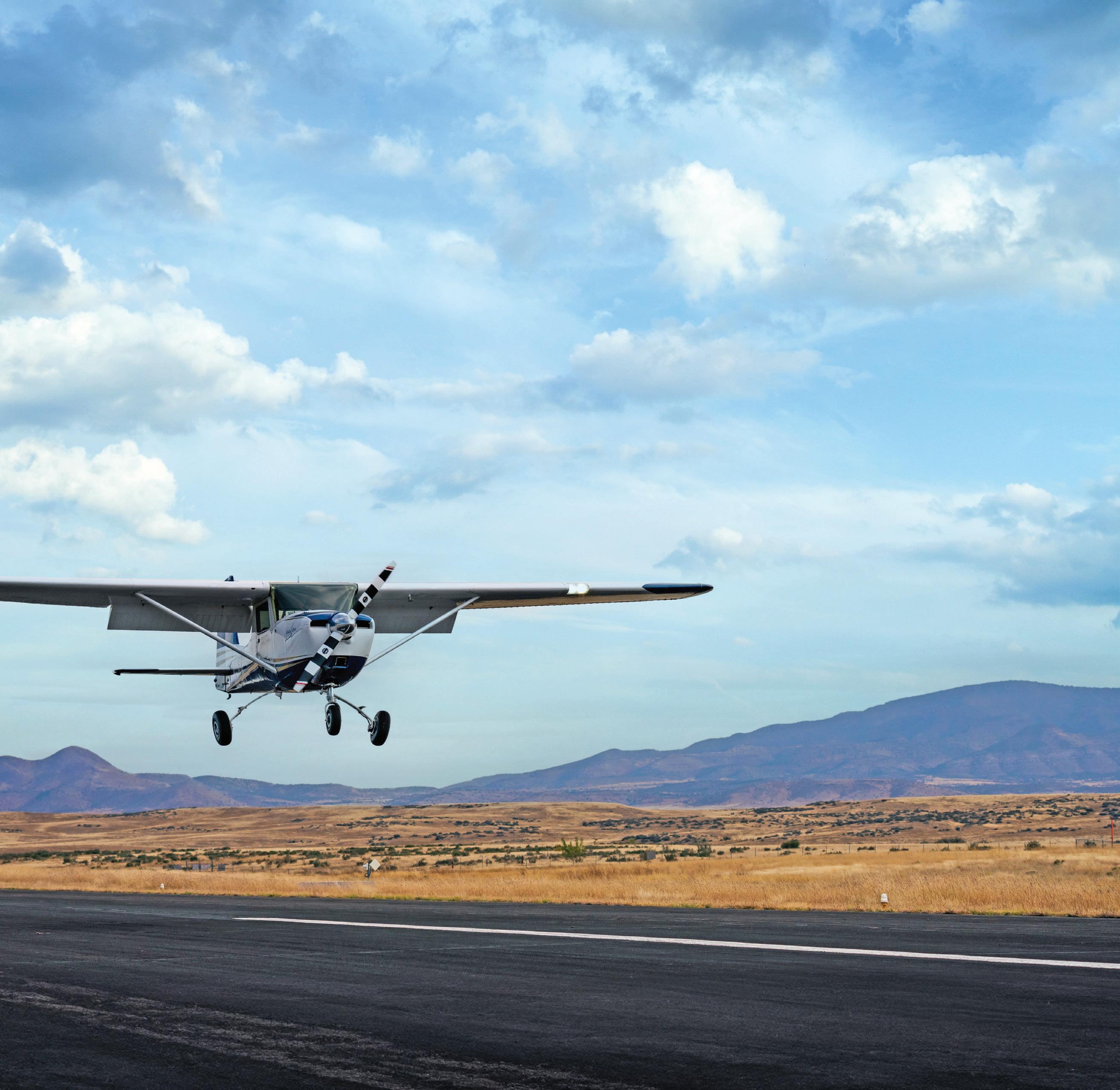


CHICAGO DEPARTMENT OF AVIATION




CHICAGO DEPARTMENT OF AVIATION
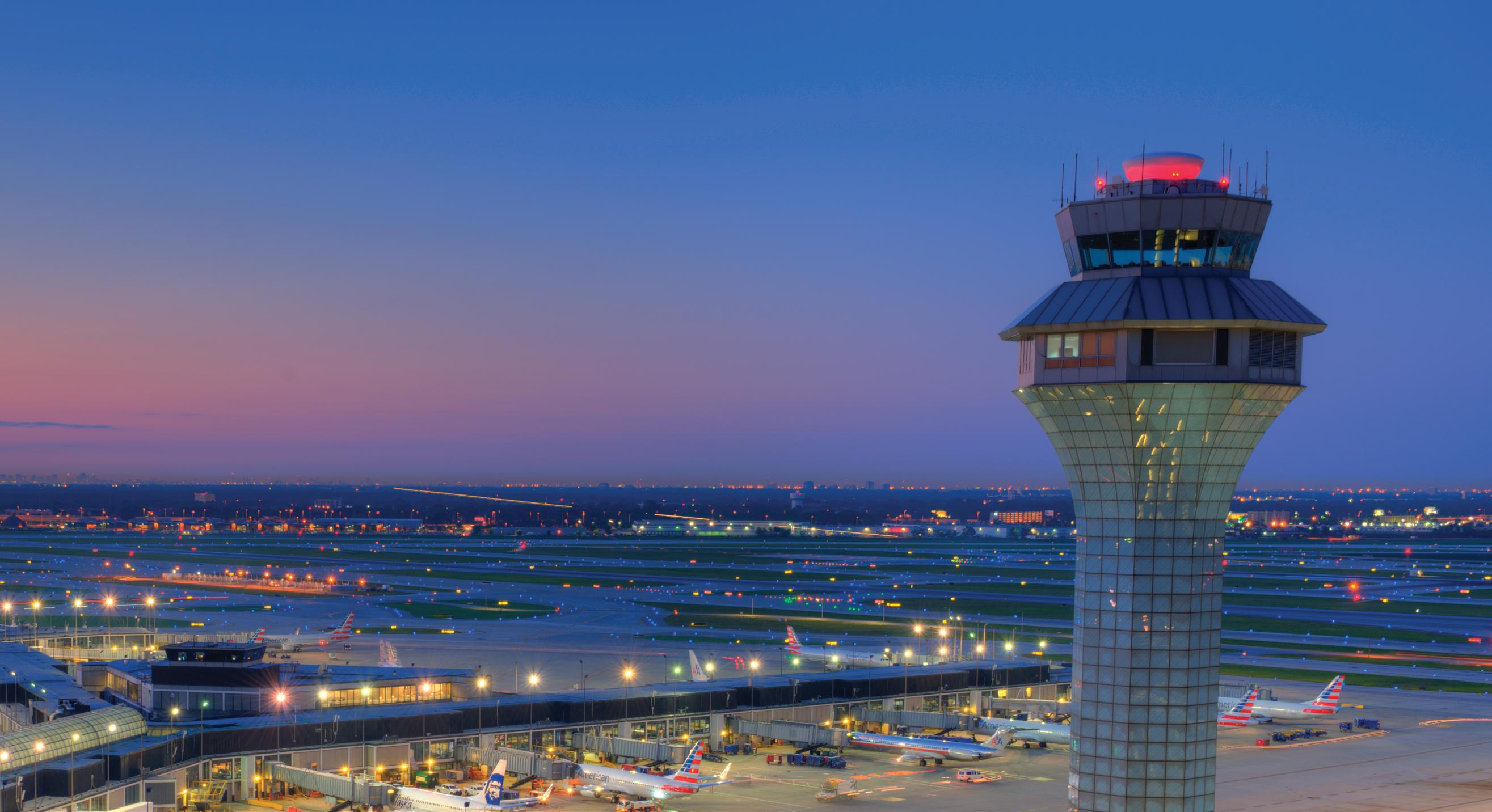
CHICAGO DEPARTMENT OF AVIATION JOB OPPORTUNITY CARD
The Chicago Department of Aviation (CDA) manages all aspects of Chicago’s two major aviation hubs: O’Hare and Midway International Airports. In addition to managing world class airports in Chicago, the CDA is a regional leader in business, employment and sustainability. CDA is committed to being a valuable partner for Chicagoland residents and visitors.
Are you interested in future employment opportunities with the Chicago Department of Aviation (CDA)? If so, follow the steps below to view open positions. TO VIEW:
CDA designed a ten-week summer work program, which includes mentoring and networking opportunities for students. Students will be assigned to the following divisions within the Chicago Department of Aviation: Airfield Operations, Communication & Media, Concessions, Construction & Design, Contracts, Customer Service, Environmental, Facilities, Finance, Human Resources, Information Technology, Legal, Marketing, Planning & Noise, Real Estate, Safety & Security, Vehicle Services, and Workforce Development.
1. Go to https://uat.flychicago.com/community/ employment/pages/careers.aspx
2. Click on current open positions at CDA.
3. Select position that match your desired and apply.
4. OR Scan this QR Code using your smartphone and click open link to the Chicago Department of Avaition’s website to review open positions.
• Exposure to careers in Aviation and other opportunities around the airports
• Building confidence and strengthening business connections
• Shadow members to gain subject matter expertise
• Better understanding of work within the airport environment

For more information or to apply, please visit flychicago.com/community or scan the QR code.

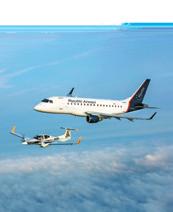

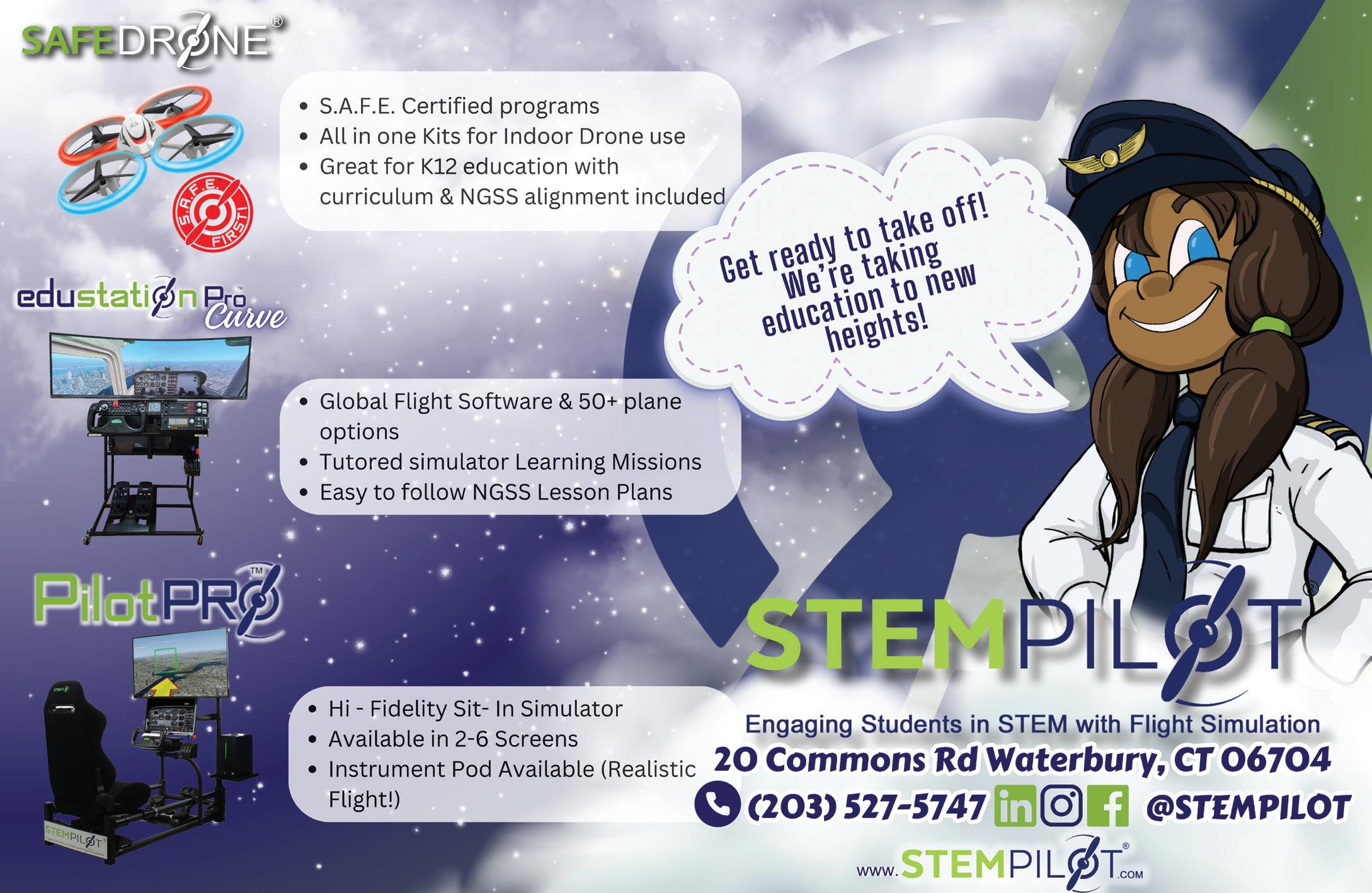
AviNation exists to attract, educate and empower youth in aviation. AviNation magazine strives to give readers insight into the future of aviation by focusing on aviation students, programs, events and innovative approaches to the promotion and continued growth of the aviation industry.
Staff & Contributors
Publisher: Jacob Peed
Copy Editor: Nancy Nwelati Coll
Administrative Coordinator: Barb Moritz
Social Media Manager: Ethan Coll
Design & Production: Barb Stuve
Business Development: Tom Flavin
Editorial submissions, advertising, circulation and other correspondence:
Jacob Peed (515) 408-3763
jacob@avinationusa.com
Tom Flavin (310) 709-0844
tom-flavin@roadrunner.com
Contributing Writers
Austin Pohjola
Cameron Van
Candi Clevenger
Eric Tellmann
Evan Gessner
Kyathi Uyyala
LIFT Academy
Mary Nell
Captain Nathan E. Maki
Meredith Garofalo
Milton Davis
Rebecca Parker
Savanna Hunter
Spencer Doyle
Tom Flavin Vesa Turpeinen
Chicago Department of Aviation
Thank you to our Cornerstone Supporters

DISCLAIMER: The information provided by AviNation, LLC (“we,” “us,” “our”) in AviNation Magazine (print and digital versions) and on http://www. avinationusa.com (the “Site”) (both mediums referred to as “Platforms”) is for informational purposes only. Most articles are provided by our readership and the views of our editorial contributors is not necessarily the view of AviNation, LLC. All information in/on our platforms is provided in good faith, however we make no representation or warranty of any kind, express or implied, regarding the accuracy, adequacy, validity, reliability, availability, or completeness of any information on the platforms. UNDER NO CIRCUMSTANCE SHALL WE HAVE ANY LIABILITY TO YOU FOR ANY LOSS OR DAMAGE OF ANY KIND INCURRED AS A RESULT OF THE USE OF THE PLATFORMS OR RELIANCE ON ANY INFORMATION PROVIDED ON THE PLATFORMS. YOUR USE OF THE PLATFORMS AND YOUR RELIANCE ON ANY INFORMATION ON THE PLATFORMS IS SOLELY AT YOUR OWN RISK
VIEWS EXPRESSED DISCLAIMER: The views expressed at or through this magazine and platforms are those of the individual authors writing in their individual capacities only - not those of their respective employers or AviNation, LLC. All liability with respect to actions taken or not taken based on the contents of this magazine and site are hereby expressly disclaimed. The content in this magazine and site is provided “as is;” no representations are made that the content is error-free.
PROFESSIONAL DISCLAIMER: The Platforms cannot and do not contain aviation advice. The aviation information is provided for general informational and education purposes only and is not a substitute for professional advice. Accordingly, before taking any actions based upon such information, we encourage you to consult with the appropriate professionals. We do not provide any kind of aviation, education or career advice. THE USE OR RELIANCE OF ANY INFORMATION CONTAINED ON THE PLATFORMS IS SOLELY AT YOUR OWN RISK.


By Eric Tellmann
In July 2024, the US Junior Soaring Team will send four pilots and their crew to Ostrow, Poland, to represent the United States in the 2024 Junior World Gliding Championships. These four pilots—Thomas Greenhill, David McMaster, Jacob Barnes, and Steven Tellmann—are the highest-ranking racing competition pilots in the USA under the age of 25. They will compete against teams from twenty-one other countries.
To qualify for the competition, the pilots must achieve a score within 60% of the first-place score at a national contest. These contests are scored based on various criteria, primarily focusing on who can fly the farthest distance in the least amount of time while completing the daily tasks. The pilots have been training for years and are ranked based on their scores as the top four juniors in the US. They are then selected by the US Team Committee.
Once the US team was selected, they appointed Peter Deane as the team captain. The captain is responsible for ensuring all team paperwork is handled, organizing the crews for the pilots, and managing the support system for the aircraft. He also provides briefings for the pilots on the daily tasks, weather, and strategy.
Thomas Greenhill will fly a Discus 2a in the standard class. Jacob Barnes, David McMaster, and Steven Tellmann will each fly their ASW-20s, competing in the club class. This team flying involves three gliders flying in formation to find thermals; the first pilot to hit a thermal calls it out, and the team decides whether to go to the thermal or not.
The pilots’ crew is a vital resource. Every morning, while the pilots are in the briefing with the team captain, the crew prepares the planes. This includes removing covers, untying the planes, fulfilling the pilots’ requests for their camelbacks and food, and staging the aircraft for launch. The crew’s goal is to have the aircraft ready so the pilot can simply walk out, get in, and go. After landing, the crew helps to secure and clean the glider for the next day.
As the competition approaches, the dedication and teamwork of the US Junior Soaring Team exemplify the spirit of gliding. Their journey to the Junior World Gliding Championships is a testament to their skill, perseverance, and passion for the sport. With meticulous preparation and unwavering support from their crew, these young pilots are poised to make their mark on the international stage, embodying the excellence and sportsmanship that define the Olympics of soaring.




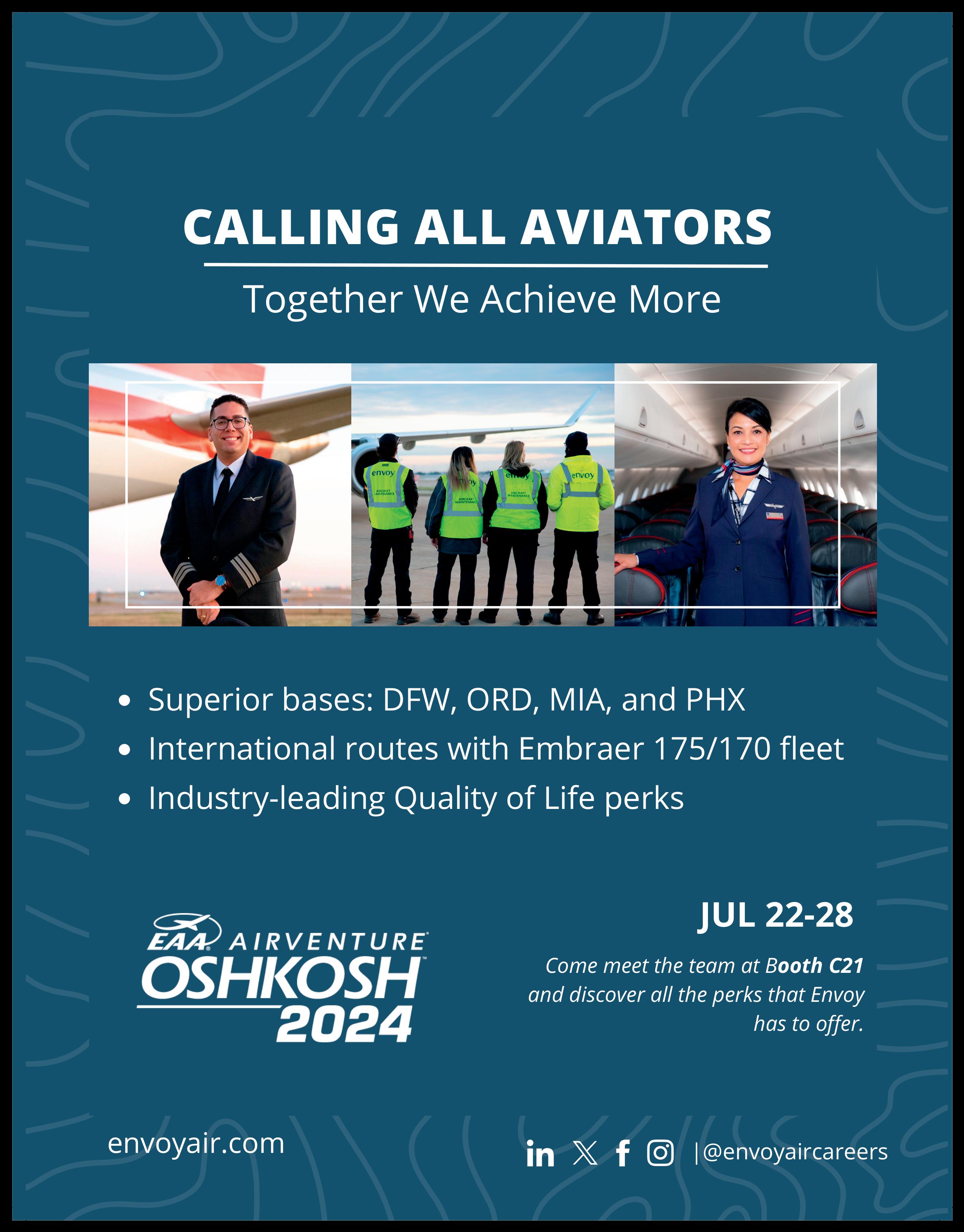
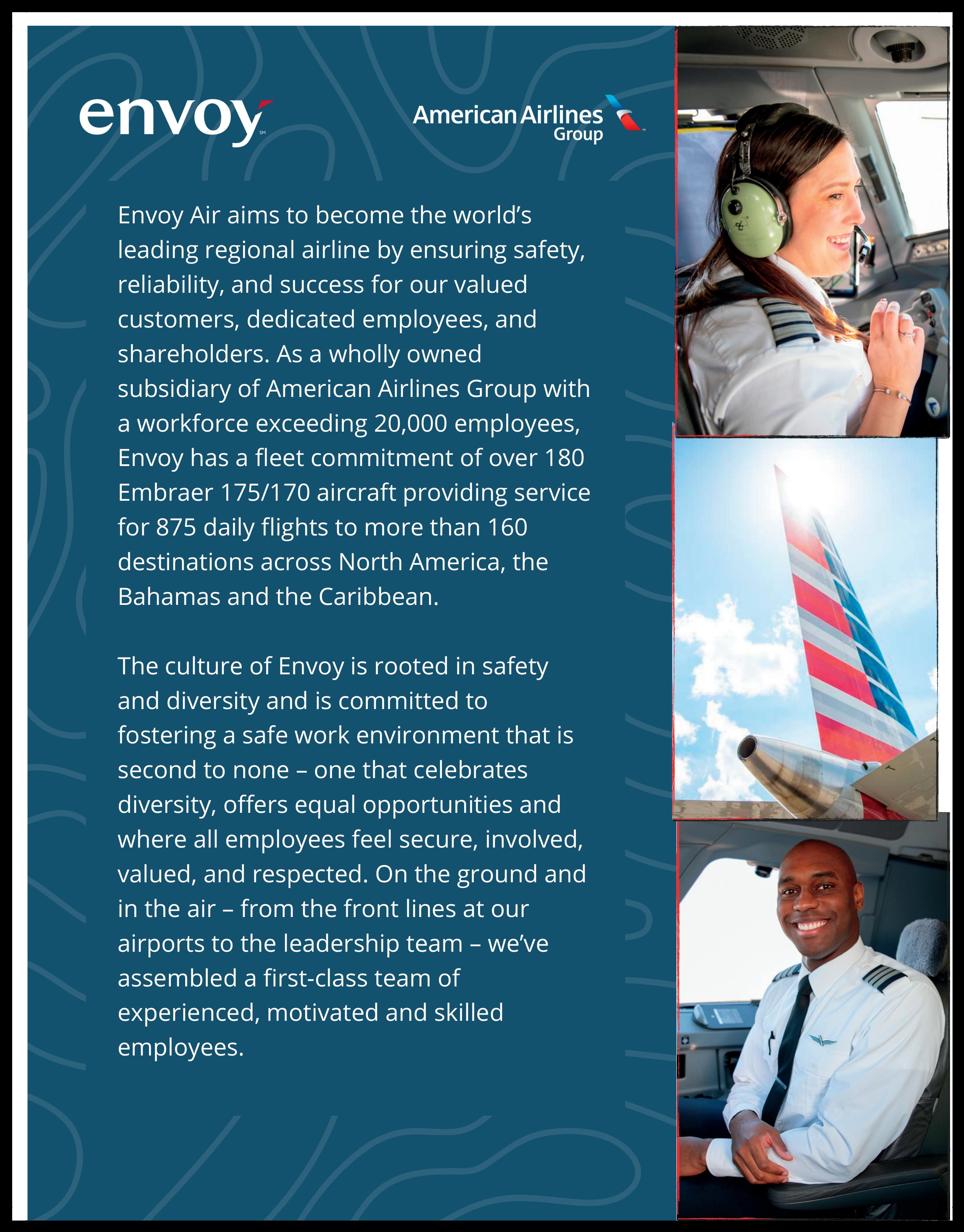

By Meredith Garofalo, Award-Winning Certified Broadcast Meteorologist (CBM) and Space/Science Correspondent
As a little girl, I remember the moment I decided I wanted to help keep people safe from severe weather. I was only three years old, listening to my mom tell me her story of living through a tornado during the Super Outbreak of 1974 in suburban Cincinnati, OH. From that moment on, I felt it was my calling to be a meteorologist. While most of the other students in my class wanted to be the usual things – astronaut, pilot, doctor, chef, ballet dancer – I checked out books from the library on tornadoes and watched as many videos, TV specials, and newscasts that talked about weather as I could. Since I was already not shy being in front of the camera and loved singing in the choir, I knew that my place would be as a broadcast meteorologist on the news. I wasn’t the most popular girl in my class, and unfortunately, I was the victim of bullying and made fun of during my grade school days for being “weird and different.” But I always kept the faith and believed that someday my dreams would come true. Looking back now, there were some very tough times and a lot of challenges to overcome, but because I never, ever gave up and embraced my “weirdness,” I was successful in achieving that childhood aspiration. I obtained my Bachelor of Science in Meteorology and within my 15+ years in the TV industry, earned many accolades for my work including a regional Edward R. Murrow award.
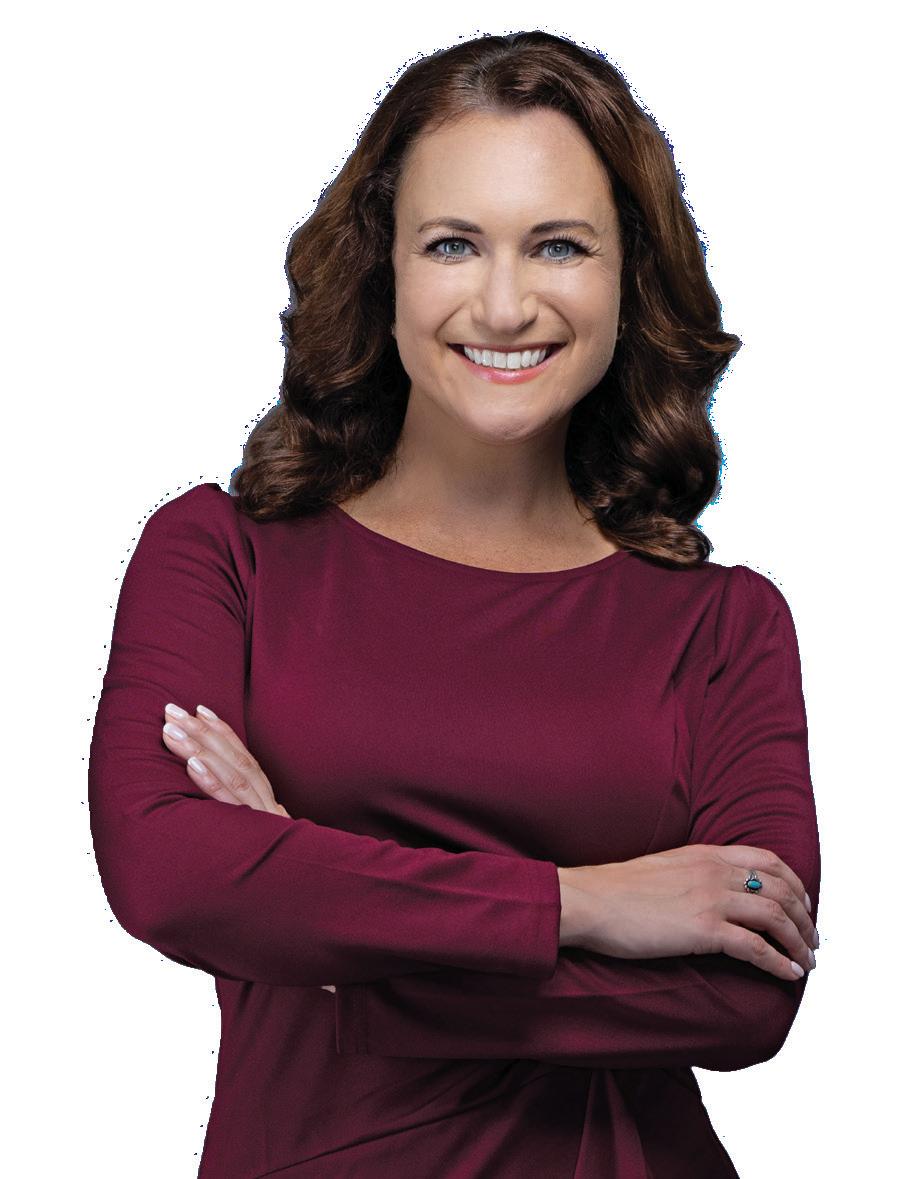
I’m humbled knowing I’ve touched the lives of probably millions of people all across the United States, having worked at local stations in South Dakota, Ohio, Florida, California, and New York, and nationally for the all-weather network WeatherNation in Colorado, providing life-saving weather information. I’ve also had the privilege to become part of and serve the communities of so many, having the opportunity to volunteer and give back at community events, charity fundraisers, and giving talks to students and groups such as the Girl Scouts. Being on TV is a privilege; it’s something I have not taken for granted, given such a huge responsibility being a trusted source and role model everywhere I’ve been. I’ve been extremely blessed to accomplish my ultimate career goal of working in the New York City area at two different stations. Living on Long Island made me realize how that will be a place that always feels like home.
So where does the aviation/aerospace connection come into play? As we know, weather plays a huge role in both of those fields, both here on Earth and in space. I’ve always been a passionate writer, so when I was not on-air giving a weather forecast, I was putting together stories as a journalist, writing about some of the exciting things happening in aviation/aerospace. I was bitten by the “space bug” in 2017 after starting to get opportunities to cover stories on weather satellites and realized there were not enough scientists who were also journalists that



could make some of the most complex topics easy to understand and interesting to the general public. Since then, I’ve dedicated my career to becoming a trusted source as a storyteller who could bring to life topics both visually and through creative writing. Some of my favorites include documenting the everyday life of an aerial photographer, explaining the important role meteorologist teams play at airports or for launches at Space Force bases, and being the only TV meteorologist in the nation to travel with the GOES-S satellite before launch. I've also covered rocket launches (where I got my nickname “Rocket Girl”), had the opportunity to tell the stories of countless leaders and companies, and documented historic events across the industry, including talking to astronauts in space!
If I had to give advice to anyone reading this article of any age, I’d leave you with this: you can and will be whatever you want to be in life. You just have to remember to never give up because even when you hit the bottom, that’s just a reminder that it’s time to rise up again. Keep the faith, let what you love and are passionate about drive you every day, stay humble and kind, and remember that the galaxy is the limit – so go leave your legacy in the stars!
www.rocketgirl13.com














By Austin Pohjola

industry, there are only three main ways to become a professional pilot: the military, university flight programs, and individual pursuit. For Ferguson, the answer was enlisting in a military flight program.
Within the world of aviation, few are more knowledgeable than corporate pilots. Some of the most important aspects of being a pilot are the ability to understand and communicate, dedication, precision, and most importantly, experience. It is through these qualities that exceptional pilots are made. One such example is corporate pilot and ex-military pilot Michael Ferguson. Throughout his years of piloting, he has continually grown in his abilities. In an interview with Ferguson, we discussed his history with aviation, his experience in the Army, the intricacies of his career, and the valuable insights he has gained from his involvement in aviation.
Though he lived most of his childhood with little interest in aviation, it only took a moment for everything to change. During a middle school field trip to the Franklin Institute in Philadelphia, there was a flight simulator. “I think from that point on I was totally infatuated with aviation.” There, he had his first experience piloting an aircraft through a simple flight simulator. His curiosity for aviation only grew from then on until he was sure he wanted to become a pilot.

With his goal in mind and his extreme passion for aviation, only one barrier existed to pursuing a career in aviation: opportunity. One of the hardest aspects of becoming a professional pilot is getting the opportunity to do so. Although aviation is a growing
Ferguson’s life as a military pilot, although very exciting, was exhaustive. Day in and day out, he saw, heard, and talked about aviation. “Once you start, it’s day after day after day.” Despite the enormous commitment, Ferguson describes the military as a great way to learn to fly. “That training scheme is very efficient because what you learned yesterday is still going to be fresh in your mind today.” Through the military, Ferguson could learn the most about piloting, although it was a huge commitment. His first experience controlling an aircraft came from piloting a TH-55. “We flew that for about 50 hours and all got our basic instruction,” until eventually learning to operate larger helicopters as well. After completing his training as a helicopter pilot, he was assigned to the Blackhawks unit. After 12 years in the Blackhawks, Ferguson applied to a fixed-wing program in the Army.
Through the fixed-wing program, Ferguson was able to fly many types of airplanes. After completing flight training for fixed-wing aircraft, he got his first assignment, which was to operate a surveillance Beechcraft King Air. As Ferguson grew more skillful, he attained more responsibility until he began operating his first jet. “I got to move into my first jet, which was the Citation Ultra.” For three years, he operated the Citation, flying VIPs around different countries, planning routes, and interpreting aviation laws. Near the end of his military career, he was given the task of flying a modified Gulfstream G550 around Washington D.C.
After a long and successful military career, Abbott hired Ferguson as a corporate pilot, and he has been flying since. By luck, he flies the same plane as he did in the Army, another Gulfstream. Ferguson describes his experience as a corporate pilot as a fast-paced job with a meticulous regimen. “We don’t have a lot of time on the ground; we have to focus on planning and managing our own rest,” but rewarding in many ways. “There are times when we get a fair amount of time on the ground and so we can have a tourist-like experience.”
Being a corporate pilot has provided Ferguson with other unique encounters with natural phenomena. “Just seeing a lightning show, the aurora borealis, Saint Elmo’s fire.” Flying provides pilots with many encounters with weather that watching from the ground doesn’t do justice to. “I’ve gotten to see a meteorite one time for fifteen minutes, and it was on fire, just all glowing.”
Through his many years of involvement in aviation, Ferguson has developed many insights into the aviation industry. From student to military pilot to corporate pilot, Ferguson has developed a deep understanding of what is needed to grow in the aviation industry. From this, he became a CFI who works to educate new pilots not only on the mechanics of flying an aircraft but also on the characteristics of a pilot. To Ferguson, there are many characteristics needed to become a pilot, but the most important is self-discipline. “They have to be very self-motivated, self-disciplined, willing to work unsupervised… a willingness and a motivation would be the most important qualities that I look for in a pilot.”

For someone learning to fly and someone wanting to teach others, there is one essential characteristic: dedication. One of the hardest challenges that Ferguson encounters as a flight instructor is the inconsistency in learning. “When you’re learning, you’ll go through phases. Sometimes you’ll learn something harder than other times.” As a student or teacher, it is hard to keep the motivation to practice if little progress is made. Ferguson recommends finding the things you do well each day so that it’s easy to see the subtle improvements necessary to maintain your motivation.
There are many ways to become involved in the business of aviation. One of the most rewarding careers in aviation is becoming a pilot. Corporate pilots require communication skills, dedication, and a significant background. In every pilot, there exists a dedication to the pursuit of excellence that few other professions ever reach. Michael Ferguson is one such person whose desire for excellence has been proven through the many years he has spent involved in aviation. Whether it be teaching aspiring students, flying for the military, or traveling the world, few are as competent or qualified as Mickey Ferguson. From his childhood to today, Ferguson’s passion for aviation has led him to an excellent career and a life of great accomplishment.

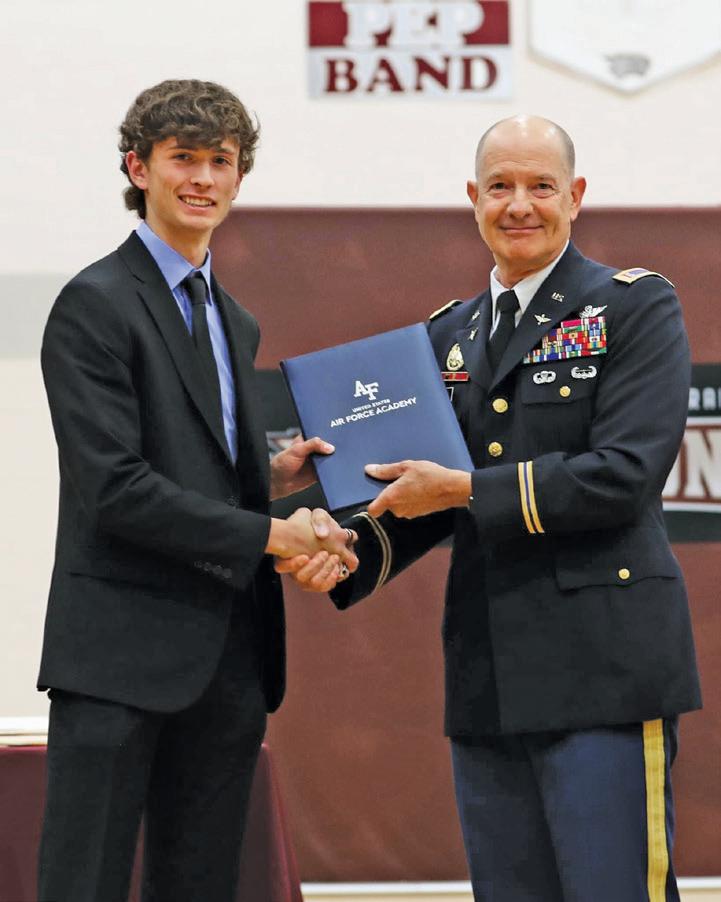





By Rebecca Parker
Scholarships. Most college students want them. Aviation students need them. So, why do very few apply for them?
According to US News & World Report the range for a 4-year degree tuition is about $41,000 to $63,000. Flying Magazine quoted pilot training to average almost $88,000. EducationData.org highlights that over 1.7 million scholarships are awarded annually, averaging 46 billion dollars!
Students, there is money out there to help support your passions. As an Associate Professor of Practice in Commercial Aviation I have been on many advisory committees to recommend scholarships. Additionally, I have been on the Women in Aviation International 2024 Review Committee for the prestigious Harvard University Women in Leadership Scholarship.
Today, I am going to share with you some easy steps to improve your chances of being selected.
1. Research and apply for all scholarships. Even if you don’t think you’re as good as everyone else. Many scholarships go unawarded because of the lack of applications. Go for it! Worst case, they say no. I was 1 of 30 selected in 2023 to attend the Women in Aviation Emerging Leaders Scholarship to Harvard. The candidates were worldwide. I thought to myself that there was no way I would be honored with that gift. Shoot for the moon and never give up!
2. Fill out the entire application and take your time. Your submission will stand out in a negative way if you are missing data, have poor punctuation, or
include the wrong information. Read the instructions on the forms. You don’t want to be excluded because you have a simple grammatical error.

3. Put your best foot forward with your resume and essay. Your resume should be organized via date and section, easy to read, and have snapshots of your experience. I recommend one or two pages. Include your education, work experience, volunteer activities, awards, and pilot licenses. Next, create an essay that answers the question of who you are. Show your personality in your writing. Make it personal and genuine. Finally, make sure someone helps you proofread.
Here are some excellent places to start looking for scholarships: Women in Aviation International, Aircraft Owners and Pilots Association, University Aviation Association, Black Pilots of America, Experimental Aircraft Association, 99’s, National Business Aviation Association, and many more. There are scholarships for every rating, region, ethnicity, gender, and everything in between. It just takes a little time to research.
To the readers who have made it this far in reading, I’m going to tell you like I tell my students:
“ Y’all, scholarships are not scary! Take it one step at a time. Breath in and out. And enjoy the ride.”

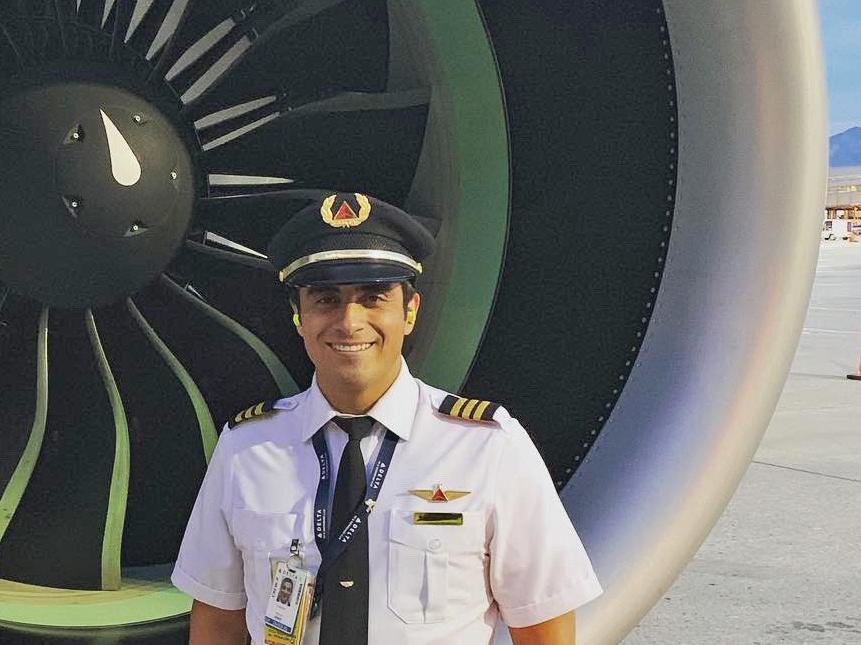
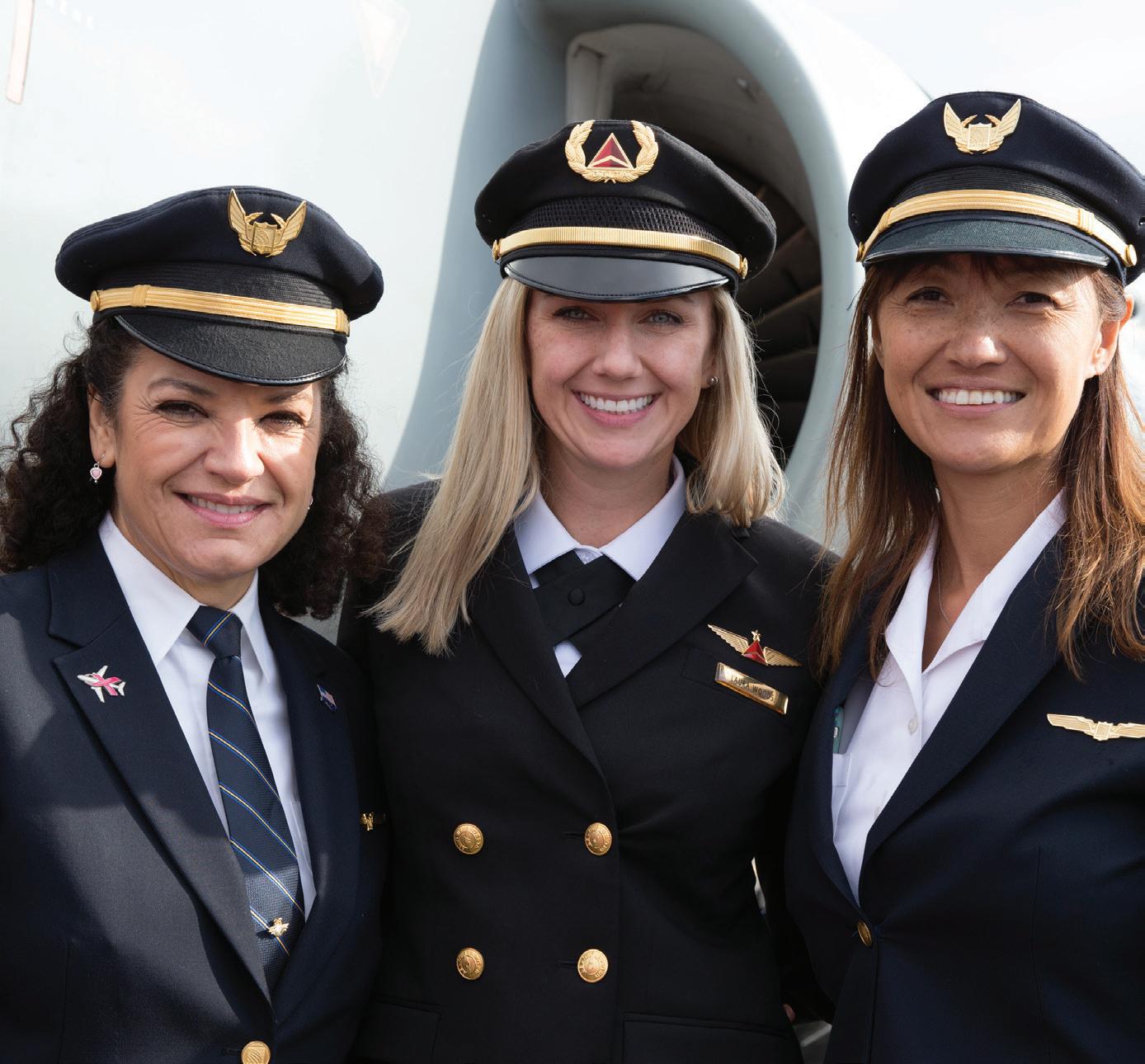


By Cameron Van
For so many young pilots, like myself, flying a jet is the ultimate dream. The premise of a jet captures the imagination with promises of speed and adventure amidst distant skies. In aviation, flight instructors are the miracle workers who make these dreams a reality, starting with small training planes and their expertise. Eventually, most students will become instructors too and take on the responsibility of preparing the next generation of pilots. It’s one of the most important jobs in the sky, as well as one of the most accessible paths for new commercial pilots to build the experience needed for a jet. Nevertheless, many reluctantly accept the role of flight instructor, in part due to a common sentiment that true excitement only comes from piloting a jet– not small training planes. Because of this, the chapter of flight instructing preceding a pilot’s jet career is sometimes seen merely as an unavoidable rite of passage. But I couldn’t disagree more. As my days as an instructor dwindle to single digits, I can’t help but reflect on how fulfilling this job has been. For me, the true excitement of being a pilot didn’t begin with fast jets. It began with small airplanes and the responsibility of teaching my first students.
Hello! My name is Cameron Van. I’m a check instructor for LIFT Academy in Myrtle Beach and a returning feature from AviNation’s Winter 2022 issue. In my last article, I described my journey from a small town in Louisiana to France and, eventually, to the skies. It
was a story about discovering my drive for adventure and reviving it in a post-pandemic world at the lowest point in my flight training. Since my last update, I finally returned to France, graduated college as a flight instructor, and moved to South Carolina to work for LIFT Academy. Today, I’m only weeks away from starting at an airline, but rather than studying, I instead find myself reflecting on the past year as an instructor.
In the beginning of my flight training, all I could focus on was one day having travels and two jet engines at my fingertips. However, once I became a flight instructor, I quickly fell in love with the ability to work with and encourage young student pilots who reminded me so much of myself. Suddenly, it was as if the spotlight of my story shifted from me to my students, and I was no longer absorbed in the excitement of just my own journey but in theirs too.
My enthusiasm for instructing developed rapidly. There was a magic to watching students succeed that always reinvigorated my motivation. Yet, I recognized that the job wasn’t perfect. Flight instructors spend long days teaching in hot airplanes. There is anxiety about letting your students down. There is impatience about reaching a bigger aircraft. But beneath all the lesson plans about VORs, eights on pylons, and dead reckoning, it never escaped me that we were still doing something that mattered. Every student has important aspirations that instructors help make a

reality. Some part ways with their careers or even their families just to train with us. Over time, I realized how special it was to be able to welcome students and act as an encouraging voice against their waves of doubt. After all, every instructor has felt that same uncertainty when we were in their shoes.

Sometimes, we as instructors are so fixated on reaching the next most impressive airplane that we miss the opportunity in this role to make a lasting impression on students. Flight instructing isn’t just about passing on flying techniques. It’s also about spreading a love and appreciation for what we do every day. If I could go back to my first days as an instructor, I would tell myself: Don’t dream so hard about the next chapter that you waste this one. Pour your heart into this. This job, which may seem forced upon us, won’t last forever, but the way you shape your students’ view of aviation will. Make them excited to learn every day. Make them excited for their futures. Leave this chapter knowing you did your very best for the next generation of pilots, whose dreams are worth every ounce of our effort. All too well, I understand what it’s like to have someone else show me a new, colorful way to see the world. Give that same experience to others.
Part of me wishes I could bottle up a day of my instructor life to revisit until the end of time. Nevertheless, as the sun sets over this little beach town, I recognize that I have my own aspirations to chase. My work as a flight instructor was always meant to be another stepping stone. Still, I’m glad that I embraced every moment of this opportunity. Flight instructing may never be as romanticized as flying a jet. For most aspiring pilots, it’s only a necessary hurdle in the way of their true goals. Regardless, I hope instructors still pour their hearts into their students and discover the fulfillment in doing so, as I have. This period of our careers won’t last forever, so make it count.
To all the students in my life, this article is dedicated to you. You’ll be jet pilots sooner than I can comprehend. Until then, as instructors, I hope you see your past selves in the faces of students who look up to you;
I hope you fight for their dreams as earnestly as others did for yours; and lastly, before I walk away into the next chapter, I hope I inspired you anywhere near as much as you inspired me with your endless curiosity and resolve. By the time anyone reads this article, I’ll have unlimited travels and two jet engines at my fingertips, but no amount of adventures will ever erase the memories of the students who made this last year so special.
Good luck. I’m proud of you all. You have made every moment of my skybound journey worth it.


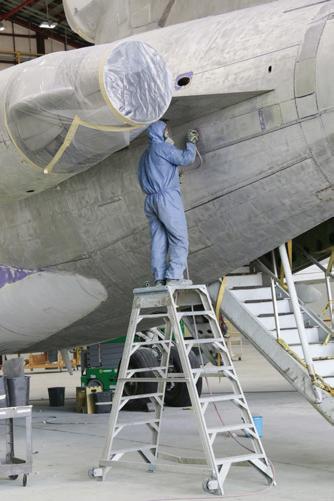

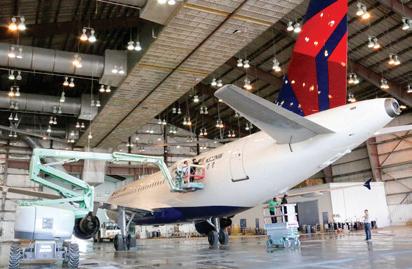
















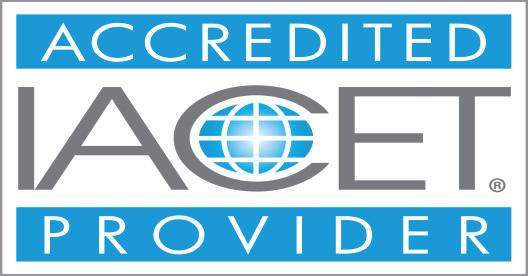


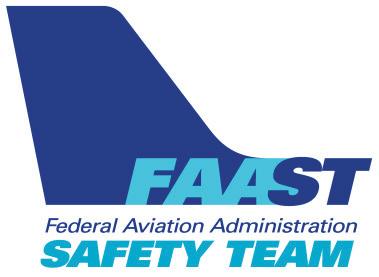


Provides a solid foundation of aeronautical knowledge and piloting skills expected by professional aviation organizations and necessary for success in the aviation industry. The Professional Flight degree quali es for the a ainment of FAA Restricted Airline Transport Pilot (R-ATP) certi cation.
Focuses on the business knowledge needed for success in the airline, airport, and aviation industries, emphasizing general management and comprehensive understanding of all aspects of aviation operations

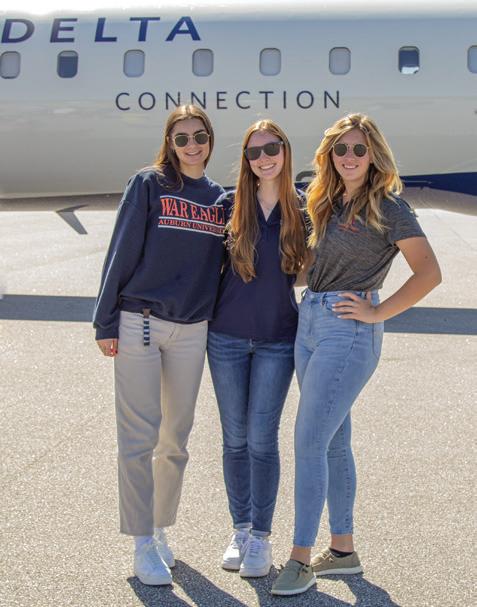
•
•

For more information contact the Office of Admission at admission@lewisu.edu or call (815) 836-5250.
Innovative, forward-thinking programs will prepare you for the careers of today and those to come.
With ongoing advances in technology, your dreams for your future should have no limits.
Lewis began in 1932 as an aviation technical school. Today, Lewis’ nationally ranked, FAA-approved, aviation programs meet the demand for the current pilot and maintenance shortage. Boeing forecasts a shortage of 617,000 pilots and 679,000 maintenance technicians by 2035. With active corporate partnerships at O’Hare and Midway International Airports, and our own regional airport on campus, you will be totally immersed in the aviation industry.
Aviation and Transportation Studies Department
BACHELOR’S DEGREES
• Air Traffic Control Management
• Aviation Administration
• Aviation and Aerospace Technology
• Aviation Flight Technology
• Aviation Maintenance Technology
• Unmanned Aircraft Systems
MASTER’S DEGREE
• Aviation and Transportation Studies
ALL UNDERGRADUATE MAJORS IN AVIATION ARE ELIGIBLE.
B.S. to M.S. in Aviation and Transportation
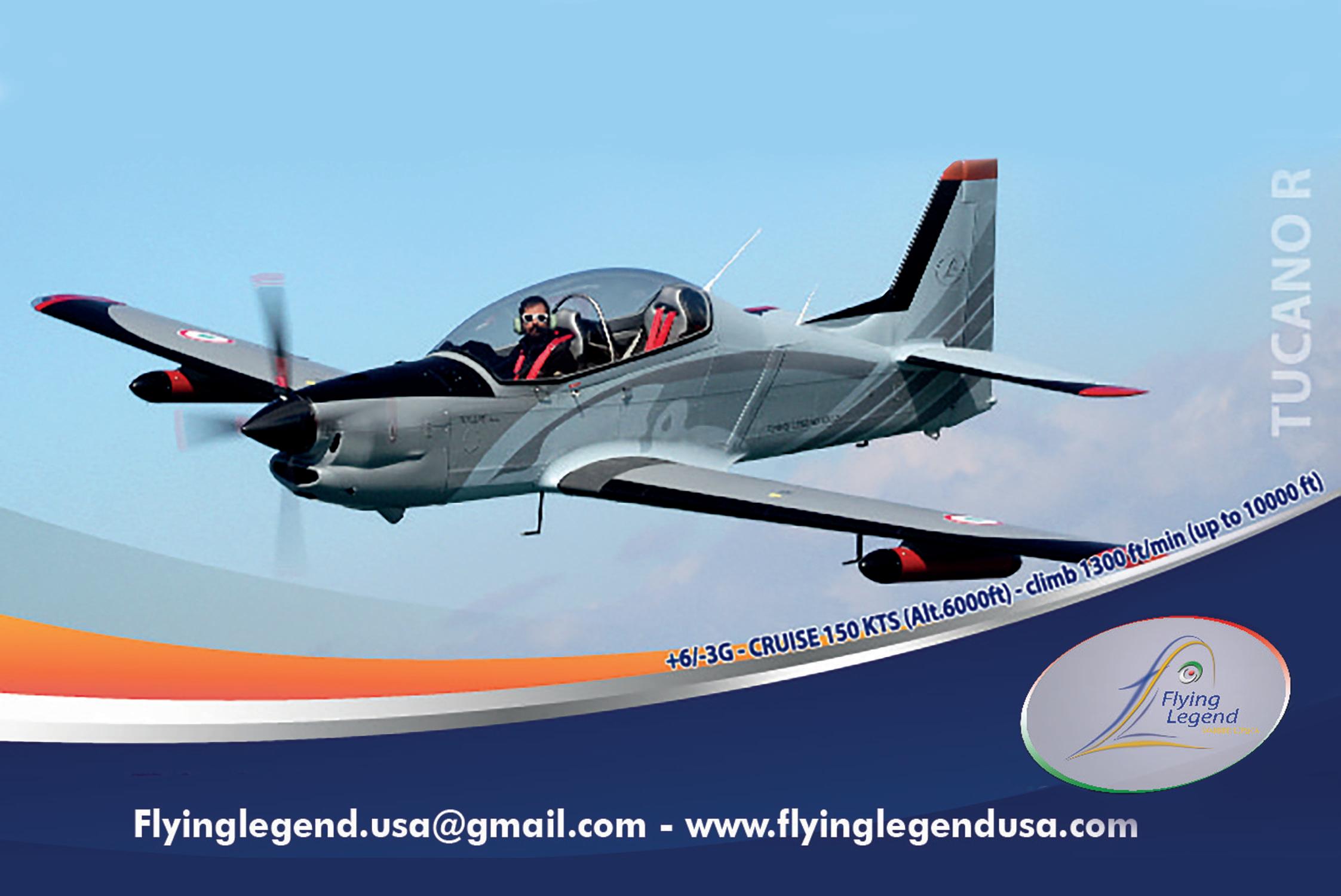
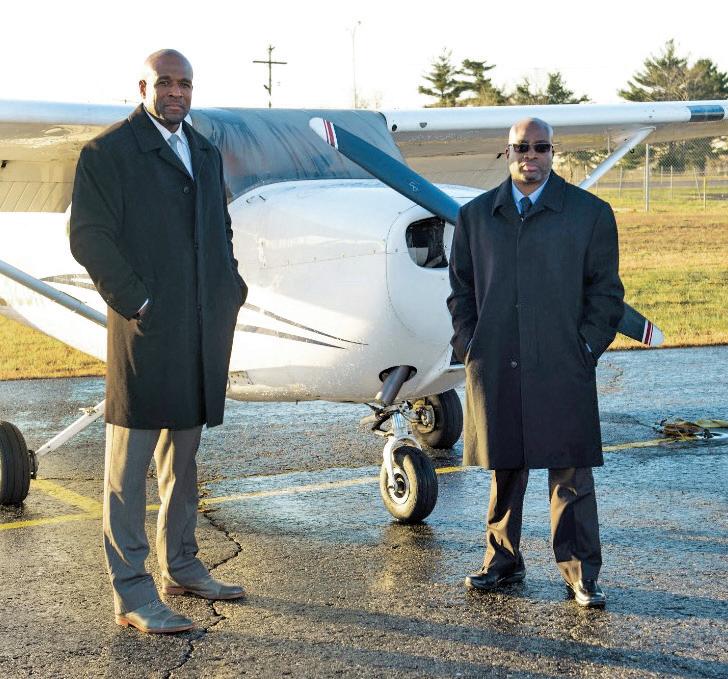
By Milton Davis
United Youth Aviators was started in 2019 when Cletodell Titus became a Certified Flight Instructor and had a vision to combine a summer camp with aviation for inner-city youth. He shared the vision with Milton Davis, and together they made it come to life. They are both veterans of the New York City Police Department and, at the time, they were partners at the 81st Pct. in Bedford-Stuyvesant, Brooklyn. Milton Davis has since retired in 2020 after completing 20 years of service. Cletodell Titus always had a passion for flying but could not afford the opportunity when he was younger, growing up in Bedford-Stuyvesant, Brooklyn.
In July of 2019, with the help of District Leader Nikki Lucas, they secured a classroom in a local school in Spring Creek Towers, located in East New York, Brooklyn. The Young Airmans Association was able to secure enough funds to enroll nine youth aviators, ages 11-16 years old. Our first supporters were, at the time, NYC Council member Alicka Ampry-Samuel, Brooklyn Borough President Eric Adams, and a local business owner, Ms. B.J. Jones.

The Young Airmans Association is our registered 501(c)(3) non-profit organization. In conjunction with United Youth Aviators (UYA), we are focused on enhancing the lives of young men and women who reside in underrepresented communities through aviation. We are Expanding Youth Minds One Take-Off at a Time. Cletodell Titus, having known Thomas Tassopoulos, aka “Tommy,” owner of Tasco Aviation, told him about the program. Tommy was impressed by the idea of teaching kids and allowed us to have exclusive access to his Cessna 172SP G1000. We conducted our ground lessons in the classroom and transported the kids to Republic Airport in Farmingdale, Long Island, for flight lessons. We operated the program for six weeks, Monday - Thursday, from 8 am - 3 pm.
Throughout this time, United Youth Aviators has been featured in several news media and newspapers. We were featured on NY1, NBC 4, Channel 12, CBS 2, FOX 5, and Channel 7. We were also featured on NYC’s #1 morning radio station, 105.1 The Breakfast Club.
We have now expanded to a Weekend Flight Academy and a Summer Flight Academy. We go through the process of getting funds from NYC Council Members and local politicians. These funds are then allocated to us each year through the Department of Youth and Community Development. Presently, we have five Youth Pilots. These are their stories:
“ I am United Youth Aviators’ first pilot. My name is Jerome O’Bryant Jr., 19, from Rosedale, Queens, N.Y. I started the journey at age 16 and completed my private pilot license at age 18 and my commercial instrument rating at 20. I was on a trip with my high school to Albany when Assembly Member Tremaine Wright gave me the info about United Youth Aviators. I always wanted to learn to fly as a kid, I love to travel, and I find the technology of airplanes fascinating. I am acquiring the hours needed to become a Certified Flight Instructor in the very near future. I plan to help other youth in the UYA program and also become a captain of an airline.”
“ I’m Philip Martin, 19, from Jamaica, Queens, N.Y. I started the journey at 17 years of age and completed my private pilot license at age 19. The opportunity came when Brooklyn Steam Center Principal Kayon Pryce sponsored me with United Youth Aviators, and I took off with the opportunity. When I was younger, I would fly flight simulators on my PC and soon enough ended up flying a real airplane. My future plans as a pilot are to acquire more flight hours, obtain my instrument and multi-engine ratings, and enjoy my freedom, then possibly move into a commercial license.”
“ I’m Ronald West, 18, from the Bronx, N.Y. I started the journey at 15 years of age and completed my private pilot license at age 18. I was referred to United Youth Aviators by a friend as we were having a conversation about my aspirations to fly. My future plans as a pilot are to acquire more flight hours, more ratings, and find a position as a corporate pilot.”

“ I’m Alfredo Covarrubias, 18, from Howard Beach, Queens, N.Y. I started the journey at 15 years of age and completed my private pilot license at age 18. I was referred to United Youth Aviators by a friend of my mother. I am excited about accomplishing this goal, and I will continue my education in the aviation industry. Currently, I am attending Vaughn College of Aeronautics and Technology for my Airframe and Powerplant license.”
“ I’m Kamora Freeland, a 17-year-old from Staten Island, N.Y. I started my journey at age 15 and completed my private pilot’s license at age 17. I made history by becoming the youngest African American female licensed pilot in NYC, the first licensed female pilot of United Youth Aviators, and the youngest licensed pilot of United Youth Aviators. My future plans are to become a commercial pilot.”

We are continuing our expansion of our programs with NYC schools with aviation after-school programs.
The youth that participate are exposed to the wonders of aviation and all the opportunities it affords. By learning how to fly a Cessna 172 G1000 plane and log flight hours that can be used towards a career in aviation. During their instructional time, they are taught how Science, Technology, Engineering, and Math (STEM) allow for the wonders of flight, and they also learn how to successfully apply those fundamentals during their ground instruction. Our goal is to put youth in a position to achieve their Airman’s Certificate (Private Pilot License) while having fun at a young age. This achievement will place our young men and women in a superior position to be marketable in an industry that is in need.





College and flight school are huge fulltime commitments.
I can say that from experience; I’m an 18-year-old Private Pilot pursuing a Bachelor’s degree in Computer Science with a minor in Aviation Logistics at the University of North Texas. I began my college journey in August 2023 while concurrently pursuing my Private Pilot’s License, which I obtained on February 9, 2024!
Now, along with being in my second semester, I’m working towards my Instrument Rating and Commercial Pilot’s License. My schedule is packed with 18 credit hours of courses, alongside flight lessons 3-4 times a week, each lasting 3 hours.
Outside of these two commitments, I’m an ambassador
is a lot that goes into it. Before getting into the planning aspect, you need two very important things.
First and foremost, having a support system is crucial. For me, that support is my father, Prabhakar.
By Kyathi Uyyala

Not only does he fund my flight training and college, but he also provides me with a lot of encouragement.
As an Indian girl, most parents would just say to finish college and not go into aviation, but he supports my dreams, for which I am super thankful. He always tells me not to listen to all the people who try to discourage me by saying things like “It’s unnecessary, just get your degree and get a normal job. You don’t need to do more.”
He is also part of the reason I got into aviation. He was in training to become a mechanic in the Air Force but ended up not being able to due to personal reasons. Growing up, I loved listening to his stories about the Air Force; this is what sparked my initial interest in aviation.

Equally important is having the motivation to do it all. Aviation and my college degree are both things I need for my future. There are a lot of things that motivate me to reach my goals. One of them is my role models—I’m so thankful for them as not only do they inspire me, but they also do their best to help me.
One of my biggest role models and my mentor is Beth Ramirez Jurado, the founder of Women With Wings. She flies the Learjet 60 and does many things outside of aviation, including pageants, art, and more! Hearing about all her accomplishments serves as a reminder

that I too can reach my goals with dedication and perseverance. She always checks in on me and answers any questions I have! I greatly appreciate her help!!
Now that we’ve talked about laying a foundation for success, let’s cover how to manage schedules to encompass everything. Different things work for different people; it might take a while to find what specifically works for you, but when you find it, it will be worth it!
The first thing in time management is setting goals. Even though it is super cliché to say “set goals,” I recommend you do it; working tirelessly without a goal in mind won’t take you far. They can be small goals such as setting a certain day you want to be done with a lesson or mastering a maneuver by.
Keep in mind that goals are set to work towards, and while you should aim to meet them, it’s okay to not reach them all the time. I had a goal to finish my first stage check by spring break, but I didn’t reach it. I was off by a few lessons due to miscalculating how busy I would be in college. I realized I wouldn’t reach the goal closer to the date, but the feeling that I might not make it pushed me to work harder that week.
Another crucial aspect of managing such a packed schedule is prioritization. With college courses, flight school, ambassadorships, CS projects, and volunteering, I’ve learned that by identifying my top priorities and allocating time accordingly, I can maintain balance.
I prioritize college over everything else by ensuring that I first take care of all things related to college. I’ve adopted a very helpful approach to staying on top of coursework. I use a planner and make sure to write down all my assignments due. Then, I organize things by urgency and note how long each one will take. By staying organized and disciplined, I can effectively manage my academic workload while also making progress in everything else.
Last semester, I overloaded my schedule. I was always either at flight school, college, or doing homework. I didn’t give myself any breaks. Although I got a lot of training done, it wasn’t an effective way to learn. I wasn’t able to properly retain any of the information I was learning.

Looking back, I was constantly on the run to catch my next class or lesson. I would not recommend doing this. Now, I make sure to keep a few hours a day to go over all the information I learned and to catch my breath. This way, I have time to refresh on topics before going into lessons. It has made such a big difference. I don’t train as much as I want to currently, but I am understanding what I’m learning better.
I allocate time to work on everything else aside from flight school and college after I plan both of those out. I assign a specific amount of time towards my CS projects, my ambassador work, and I volunteer mainly on the weekends.
With everything going on, it’s crucial to realize that sometimes things can get crazy busy. I cannot stress how important taking breaks is, even if it means hitting pause on something you were looking forward to doing.
This happened to me as soon as I got back from SUN ‘n FUN. I was bombarded with college assignments, multiple exams, and a ton of work for my CS projects. As much as I hated to do it, I had to take a break from flight school for two weeks to catch up. It’s a reminder that no matter how organized you are, there are moments when you just have to step back to keep everything in check.
With these tips, I hope you are able to take away a few things that you can implement into your schedule to help you.

You’ve chosen to learn how to fly. Yet even with this initial decision complete, you’re looking for answers to countless questions. The most important decision, and often the most difficult, is choosing a flight school. Here’s what you need to know about LIFT Academy to help make that decision easier


One of the first things to think about is location. Look for a school that’s close to home or where you’d like to call home. Additionally, a school that provides an environment with varied terrain and weather is essential to the success of your aviation journey. LIFT Academy currently offers five distinct location opportunities:
Located at the Indianapolis International Airport, LIFT Academy’s Indianapolis facility is the program headquarters. LIFT Academy was founded by Republic Airways Holding Inc., which is also headquartered in Indianapolis. Since opening in 2018, aviation students have successfully completed flight training and have gone on to start their noteworthy careers at Republic Airways and other mainline carriers. There’s something rewarding about training in the heart of Indiana. LIFT Academy now also has a campus in Columbus, Indiana, in collaboration with Ivy Tech Community College.
With our South Carolina location, students can take advantage of oceanside scenery and ideal flying conditions. Opened in 2023, LIFT Academy’s Myrtle Beach, South Carolina campus offers the same full-flight training program with Diamond aircraft, just in a new

terrain. Plus, with the warmer temperatures, less finicky winter months, and overall more consistent weather, Myrtle Beach allows you to fly year-round.
LIFT Academy opened its newest campus in Galveston, Texas, in December 2023. Just like the programs offered in Indianapolis and Myrtle Beach, LIFT Academy’s Galveston location is equipped with Diamond aircraft and experienced instructors, so you get premier flight training. What sets Galveston apart is its beautiful waterside venue that cusps the Gulf of Mexico — and guarantees you the excitement of living near Houston, one of the nation’s largest and fastest-growing cities.
LIFT Academy recently announced an upcoming partnership with Tuskegee University. Scheduled to open in late 2024, the collaboration combines LIFT Academy training with academic coursework at Tuskegee University. Flight training will be held at the historic Moton Field, where the legendary Tuskegee Airmen, or “Red Tails,” trained.
LIFT Academy offers the latest technology to students. From the beginning, LIFT students initiate training on Aviation Advanced Training Devices from Diamond Simulation and Frasca International. Plus, devices such as Vertex Solutions immerse students in the virtual reality curriculum. Our fleet of Diamond Aircraft provides in-flight training — preparing students to handle the most advanced aircraft around once they begin their piloting careers.
Many of these aircraft simulators feature 180-degree wraparound visual displays, a full cockpit with working canopy, authentic Garmin G1000 avionics packages, and accurate control loading. The “muscle memory” that pilots develop in these simulators can be easily applied to their flight lessons in the aircraft. These Flight Simulation Training Devices allow students to achieve realistic, real-world experience via a simulation environment — making it an easy transition from training to flight deck.
The technological benefits at LIFT Academy don’t end with the type of aircraft or simulator. All LIFT aircraft use the Garmin G1000 suite. This program provides pilots with flight-critical information from weather to terrain and traffic, and more. All LIFT students receive their own Apple iPad and Apple Pencil in their LIFT Kit to aid them in the classroom setting. They are also provided with a Bose A20 Aviation headset — noise reduction technology made specifically for pilots.


requirements, you have a defined pathway to Republic as a First Officer.
LIFT Academy students train in a fleet of 60+ Diamond trainer aircraft. This includes the DA40 single-engine and DA42 twin-engine aircraft. Using these aircraft introduces eco-friendly training technologies and systems to commercial aviation training. According to Diamond Aircraft, their Austro Engine burns about 50% less fuel at equal power and produces less exhaust. Thanks to the high-definition display screens, models like the Diamond DA40 enhance situational awareness of pilots by providing key data — including maps, navigation, and engine information — at your fingertips. This makes the technology offered at LIFT Academy a standout among competitors.
At LIFT Academy, we don’t just teach you how to fly. We help you turn flying into a career.
After completing your initial training at LIFT Academy, you can follow two pathways to earn the flight hours and become a First Officer.

You can continue your time at LIFT as a Certificated Flight Instructor (CFI) training other LIFT Academy students. You’ll earn money while continuing to build your flight hours. Once you have logged the FAA-mandated 1,500 hours plus all other
Through our partnership, you can fly as a First Officer and then as a Captain for Cape Air, earning your flight hours while taking passengers to Cape Air destinations. If you choose this pathway, you will also have a defined pathway to Republic Airways as a First Officer once you meet all requirements.
College Partnership Program
While training to become a pilot, are you also looking to earn a college degree with your flight ratings? LIFT has partnered with several colleges to help you earn that degree and have a defined pathway to a pilot job at Republic.
COLTON’S FLIGHT PATH
Our support doesn’t end once you’ve reached the right seat. You’ll soon find yourself in the left seat as Captain through LIFT and Republic Airways.
After you complete your training and flight hours, you have a fast-tracked pathway to Republic Airways. This means you can commit to five years as a Republic Pilot with an increasing salary every year, all while enjoying the benefits of the world’s largest all-Embraer 170/175 fleet, efficient training programs in our new training facility, and much more. Republic Airways Pilots also have the opportunity to move to mainline carriers like American Airlines, Delta Air Lines, and United Airlines.
If you’re ready to start your aviation journey at a place fit for you, visit flywithlift.com to learn more.

Pilots come from many different dream of flying from childhood, look up to pilot friends and family. even though his father was a Corporate he never saw himself flying as a
By Savanna “Thunder” Hunter, Member of the Tango Thirty One Aero Clube

The Tango Thirty One Aero Clube is a 501(c)(3) non-profit organization based out of Aero Country Airport (T31) in McKinney, TX. We are a youth aviation club created to get teenagers inside the fence of their local airport and give them the ability to gain hands-on experience turning wrenches and flying airplanes under the mentorship of experienced pilots and mechanics. We are a club that restores, refurbishes, and maintains our aircraft exclusively through our teenage members. In return for their sweat equity, our club members get to fly our club airplanes at a discounted price.
Since returning home from the 50th Annual Sun N’ Fun Aerospace Expo, the Tango Thirty One Aero Clube members have been hard at work on their newest project: a 1980 Piper Arrow IV. This is a step up for the Aero Clube as it is our first complex aircraft, providing new opportunities for learning not only maintenance on a complex airplane but also the chance for our members to earn their complex endorsements.
The Arrow was donated to the Aero Clube by Mr. Garry Ackerman in December of 2023. Significant progress has been made since we received the plane

last winter. The Arrow is currently undergoing an extensive annual inspection, where our members get the opportunity to perform new inspections such as the Airworthiness Directive AD 2020-26-16 for the wing spar bolts. To comply with this AD, Apex Inspections Incorporated sent out their inspector, Malachi, to teach our members how to perform the Eddy Current inspection using their Eddy Current NDT inspection equipment in February of this year. Since then, we have installed a new windshield and windows sent to us from LP Aero, serviced the nose strut, completed the 500-hour magneto inspection, fuel strainer inspection, and many more tasks. Despite significant progress, the plane could still use a new paint job and interior, as it has been sitting in a field for four years. The Clube is looking forward to “getting this old bird fired up in order to make it to many aviation-related events in the future,” said Matthew “Brainiac” Bervig, a current member of the Clube.
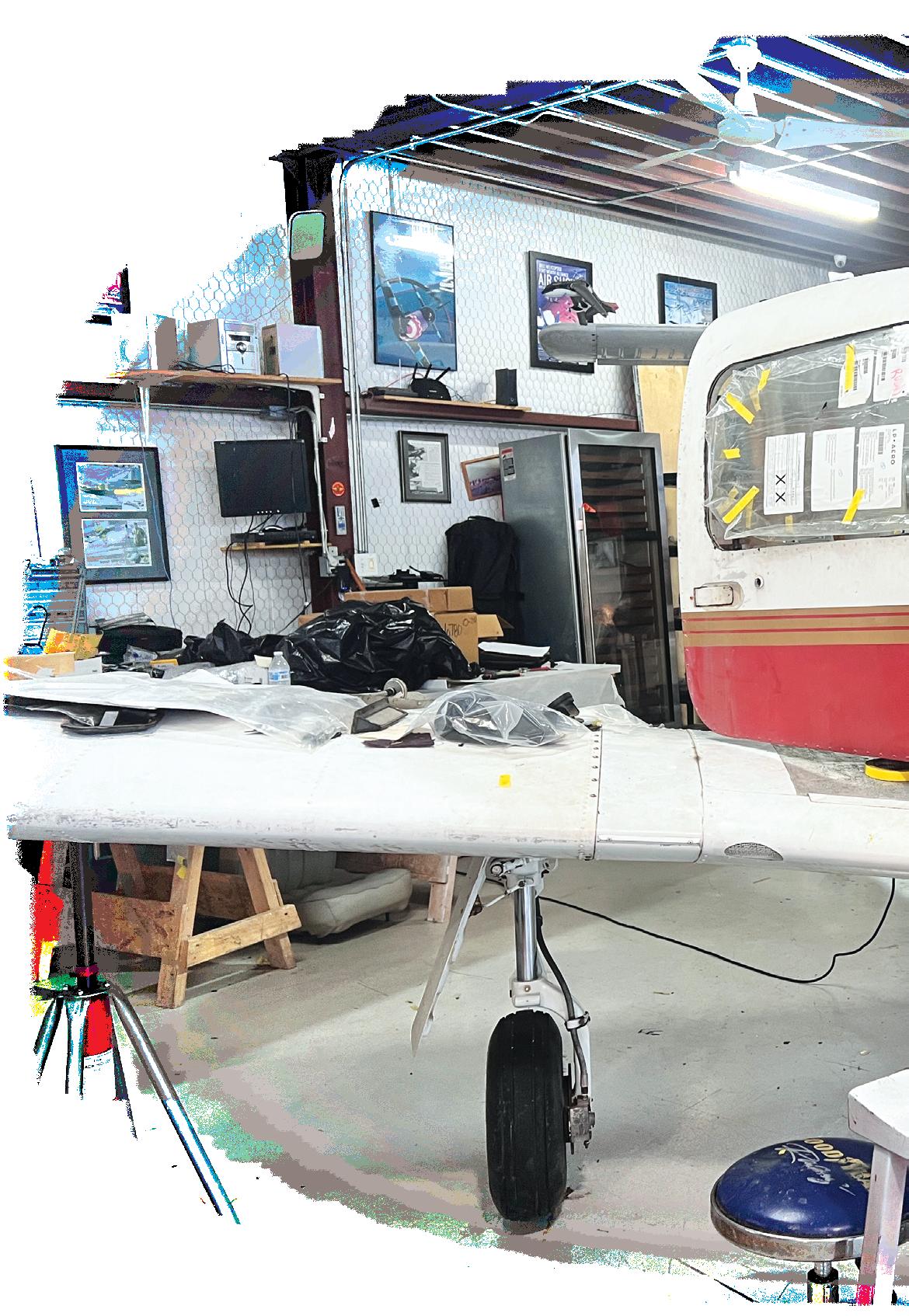


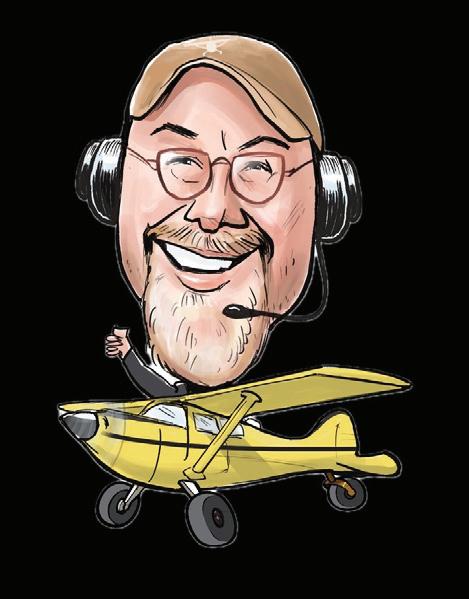
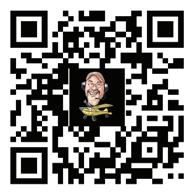
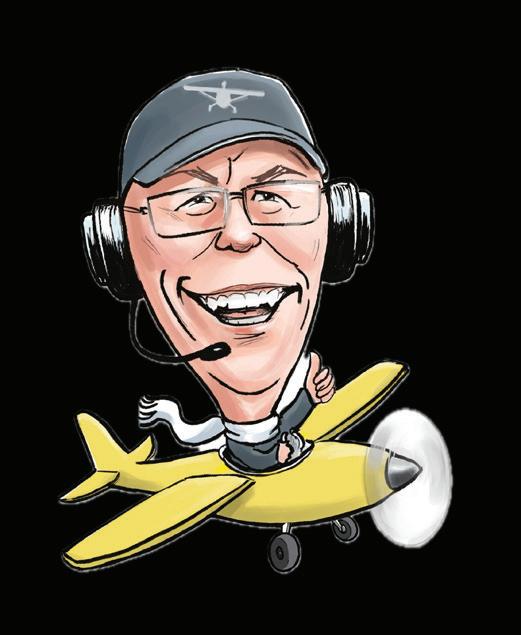


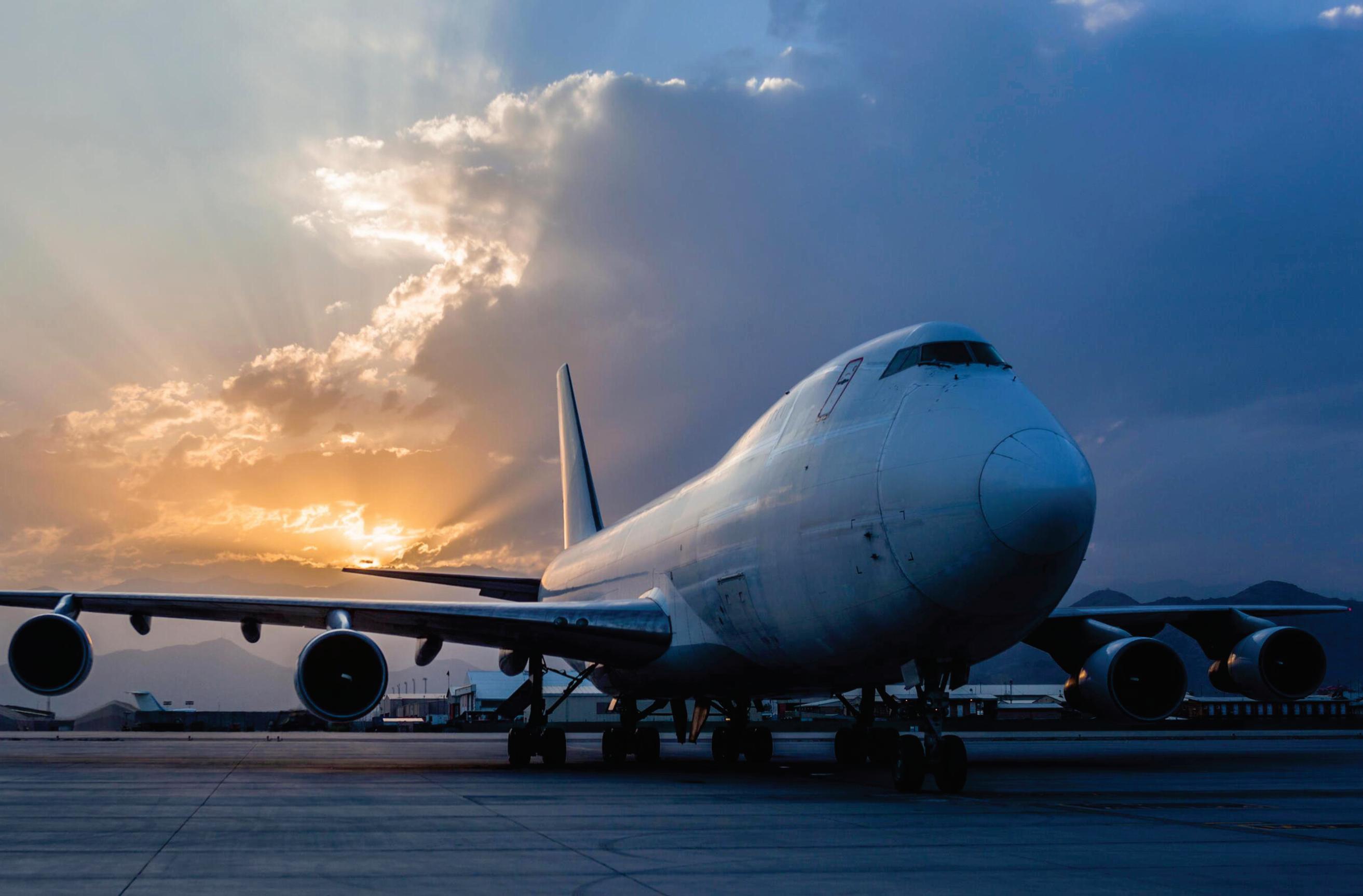

MARKETING
DEDICATED
FLIGHT ATTENDANT
BUSINESS MANAGEMENT
SCHEDULER/ DISPATCHER
MAINTENANCE TECHNICIAN
LAWYER
ENGINEER/ DESIGNER
AIRPORT MANAGEMENT
DRONE OPERATOR
CULINARY ARTS
MEDICAL
Interested in Business Aviation? Check out NBAA’s resources for aviators, students and young professionals: As a student interested in aviation, you have plenty of options for your career path –including business aviation. Find out more about the aviation segment offering the greatest diversity of roles, aircraft and missions, as well as outstanding mentoring and networking opportunities.
• Student Webpage: nbaa.org/students
• Mentorship Network: nbaa.org/mentoring
• NBAA Career Page: jobs.nbaa.org/career-resources
• NBAA Student Membership: nbaa.org/membership
• NBAA BizAv Scholarships: nbaa.org/scholarships
• Young Professionals in Business Aviation (YoPro): nbaa.org/yopro
• CLIMBING FAST Sustainability Initiative: climbingfast.com
nbaa.org/students
Sign up for an NBAA student password at nbaa.org/password/student.



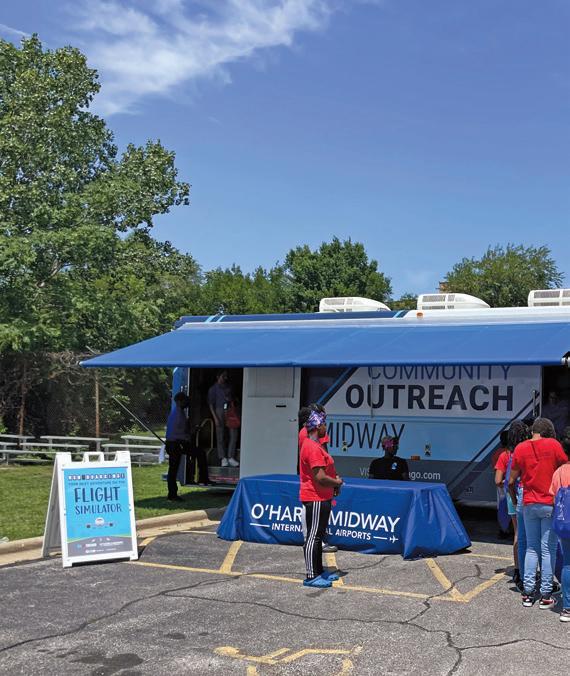
THE 2ND ANNUAL AVINATION AMERICAN
By Tom Flavin

The 2nd annual AviNation American Dream Tour Stop in Chicago, Illinois, at “Summer Camp 2024” at Project H.O.O.D. (Helping Others Obtain Destiny) is on Friday, July 19, 2024. AviNation, a media platform that highlights careers and education in aviation and aerospace to young people, accomplishes this in association with educators, mentors, and industry leaders.
Project H.O.O.D. is led by CEO/Founder Pastor Corey Brooks, and through his and his team of mentors’ tireless efforts, the organization has gained national attention for its impactful results in helping underserved youth in Chicago. AviNation will support Project H.O.O.D. with a full day of aviation and aerospace activities to inspire the campers.
The AviNation American Dream Tour is currently scheduling speakers and supporters for “Summer Camp 2024” at Project H.O.O.D., along with other stops for 2024 and 2025. We want to visit your community too. Please let us know available dates at your school or camp.

For example, in 2023, the AviNation American Dream Tour at Project H.O.O.D. partnered with over forty aviation and aerospace industry leaders and organizations to inspire the campers to learn about the educational and career opportunities within their reach locally and nationally. The American Dream Tour does not just “talk”...the Tour enlists the commitment of local industry leaders for ongoing mentorship for the participating youth.
At Project H.O.O.D. in 2023, elementary and middle school campers heard from aviation-themed inspirational speakers such as Kenneth Morris, airline pilot, United States Navy Veteran, United Airlines Captain Nathan Maki, CFI/CFII Commercial Pilot Emanuel Prince, and Captain Lou Freeman of Tuskegee NEXT Foundation and Southwest Airlines. They all shared their journeys of overcoming adversities to pursue their career dreams.
Campers also engaged in hands-on activities, enabling them to interact directly with organizations like Dillard University’s Chemistry and Rocketry Program, Blue Origin’s Club for the Future, Vantage Airport Group, Chicago Department of Aviation (CDA), and many more.




AviNation would like to acknowledge the United States Air Force, Chicago Department of Aviation O’Hare & Midway Airports, Vantage Airport Group, Valqari, Chicago Fire Department, Dillard University, and Lewis University for their participation and support.
In addition, a shout-out to American Airlines, Chicago Executive Airport, Federal Aviation Administration, Illinois Student Assistance Commission, JW Aviation, NOAA: National Oceanic & Atmospheric Administration, Senator Tammy Duckworth’s Office,
and Spirit Airlines for investing their time in the future of these Project H.O.O.D. campers.
To schedule an AviNation American Dream Tour for your school or community, call Tom Flavin, Business Development Advisor, AviNation, at 310-709-0844 or email Tom@Elevatorpitch.Surf.


By Evan Gessner
other feeling in the world like that of being thousands of feet in the sky, all under your own control. I immediately realized how amazing the prospect of being a commercial pilot truly was. Not only did I now believe that flying airplanes was the most fun you could have, but I later discovered that you could make a substantial career out of it as well, a win-win in my book. One month later, I began my journey to obtain my Private Pilot’s license. I went to flight lessons a few days a week after school and tennis practice, and eight months later, I passed my Private Pilot checkride!
ratings at a standalone flight school. I chose ATP Flight School, the largest flight training company in the US, which was also coincidentally headquartered in Jacksonville, where I am from.
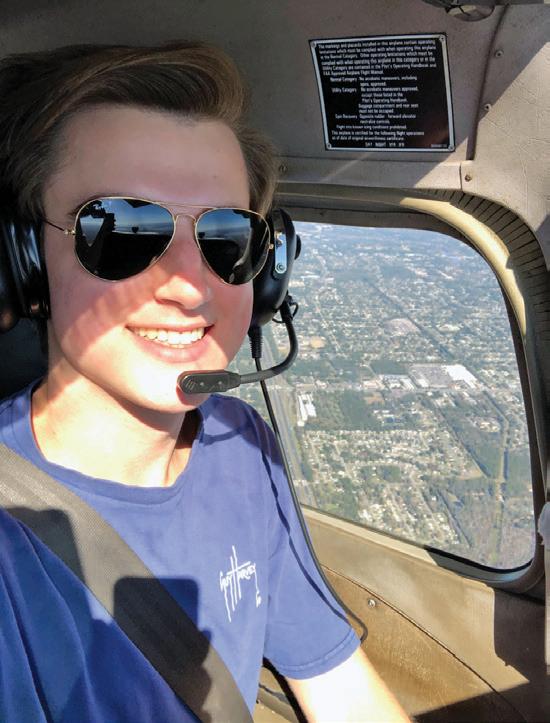

Aside from training to get my PPL during my senior year of high school, I also decided that I was going to attend college. Instead of choosing the obvious choice of Embry-Riddle, I instead decided on Florida State University. I had decided to take an unorthodox route to the airlines, and I wanted to enjoy my time in college. Unfortunately, Florida State didn’t offer any aviation-related programs (I majored in Finance), so I knew I would need to complete my remaining
In my free time during college, I kept up with flying and aviation news, and I was able to complete a biannual flight review during my sophomore year of college at a new flight school, Holladay Aviation at Craig Airport (KCRG) in Jacksonville. Moving to a new flight school allowed me to make new friends and gave me the opportunity to familiarize myself with the KCRG airspace, which is where ATP’s Jacksonville location is based. Finally, after three of the best years of my life, I had graduated from FSU. Graduation brought mixed emotions, from the sadness of saying goodbye to some of my closest friends, to the excitement about restarting training headed towards my career of flying full time. I will soon begin flight training at ATP and as I do, the passion that I have for aviation has not only stayed with me throughout college but grown.


John Ginley and his then-girlfriend Ally (Gilbert) Ginley were flying home to Ohio from an airshow in Wisconsin in July 2018 when he suddenly heard an abnormal decrease in engine power.
It was the first hitch in an otherwise fantastic week spent in Oshkosh, Wisconsin, John said, at EAA AirVenture—one of the largest airshows in the world.
Ally, who had earned her private pilot’s license earlier that month, flew the entire trip from Medina, Ohio, to Wisconsin. She planned to fly back as well, but after the couple stopped just outside of Chicago in Schaumburg, Illinois, for lunch and gas, she turned the left seat over to John so she could take photos of the picturesque Lake Michigan shoreline from above.
It was July 27—a beautiful summer day and the couple had the cockpit wide open with their elbows hanging out of the rented 1946 Ercoupe 415-D.
“We were enjoying ourselves,” said John, a corporate pilot and part-time flight instructor at The Ohio State University where he earned a bachelor’s in aviation in 2015. “Ally was taking pictures of the shoreline and downtown Chicago, and I kept flying.”
That’s when he heard the power failure. John pushed the throttle to try and get more power, but it didn’t respond. He exercised the throttle several more times before alerting Ally.
“ I’ll never forget it. I said, ‘Hey Al, I think we have a problem.’”
He tried to fix the throttle a few more times before asking Ally to find the radio frequency for Chicago Midway’s control tower on an aviation app.
By then, John estimated, they had lost 75 to 80 percent of the aircraft’s power. Without enough power to sustain level flight, the plane was beginning to glide toward the ground in the worst location possible—over downtown Chicago.
“Ninety-five percent of our trip was over cornfields and would have made a situation like this much less of a stressful event,” he said.
Just before calling the tower, John took one last look at everything and had a “moment of acceptance.”
“ Everything you’ve prepared for, everything you’ve trained for—this is happening,” he said.
John has had a lot of training since taking his first flying lesson at age 13. He earned his private pilot’s license at 17 and completed his flight training and ratings at Ohio State. He is a four-year veteran and current head coach of the Ohio State flight team and has been a flight instructor since his junior year of college.
But this was the first time he had faced an emergency of this magnitude.
When John called Chicago Midway’s tower, the plane’s altitude wasn’t very high. “I wanted to be as clear as possible because I didn’t know if I would have time to say it again. So I very calmly said, ‘Midway Tower … mayday, mayday, mayday.’”
He told air traffic control about their partial engine power failure. The controller directed them to Chicago Midway Airport—six or seven miles away. Based on the airplane’s altitude and energy, John knew there was no way they’d make it.
“Negative sir, we are unable. We’re going to be somewhere down here on the shoreline,” he replied.
Air traffic control asked if they could make it to Lake Shore Drive—a busy expressway that runs through Chicago alongside the Lake Michigan shoreline. After confirming its location, John prepared to land, “At this point, we were maybe 500 feet above the ground. Maybe less.”
It was around 3:15 p.m. on Friday—the beginning of rush hour—but since the plane was moving at around 80 miles per hour, John figured they could essentially merge with the traffic.
He was focused on the road, trying to find a straight enough stretch of highway to land on, when he heard Ally say, “Johnny, bridge.”
John looked up and saw the 35th Street pedestrian bridge stretching across the highway.
“There was no way we were going to go over the top of it … Our only option was to go underneath it,”

John explained. “We had to fly above the cars, but beneath the bridge—we’re kind of threading the needle at that point.”
They flew out the other side of the bridge and toward a sea of red brake lights. But a moment later, the left lane opened up and John pointed the plane toward the opening. He managed to bring the plane to a stop right by the median.
“It was probably one of the shortest landings I’ve ever done in my life,” he said. “I think I landed with my foot on the brake and we came to a stop probably within 400 to 500 feet of touching down.”
After exiting the plane, they were amazed to see that not only were there no injuries, but the airplane didn’t have a scratch on it.
“With the odds clearly stacked against him, John showed what it means to be a professional aviator,” said Ohio State Aviation Studies Assistant Professor Shawn Pruchnicki, an aviation safety expert and former airline pilot.
After their miraculous landing, the couple was flooded with media calls to tell their story, but they weren’t interested in the spotlight, only in helping other pilots.
“It definitely affects the way we fly now,” John explained. “We want pilots to be able to learn from what we experienced.”
The FAA investigation found that the Ercoupe’s throttle cable had broken off at the carburetor and the engine vibrated the throttle back to idle, leaving John with no throttle control, he told AOPA Flight Training magazine.
John attributes their successful landing to training and to having a second pilot on board.
“If she were not in the right seat of that airplane with me, I would not be alive today. We both really showed off our skills that day,” he said.
The flight training John received at Ohio State was also paramount.
“I was fortunate enough to get a lot of in-depth experience at Ohio State, through a lot of great instructors as well as the structured training program,” he explained. “We train for these kinds of things. We train to make sure that you have that attitude and mental readiness to be able to handle it no matter what happens or where it happens.”
During his time on the Ohio State flight team, John learned the importance of knowing your aircraft, down to exactly how much energy there is to work with.

“It’s learning how to fly not only to a proficient level but to a precise level and knowing exactly what you can do to make it do what you want,” he said, noting that he had flown the Ercoupe many times prior.
At Ohio State, John teaches other pilots how to be flight instructors and his experience handling in-flight emergencies is one many pilots will now benefit from.
He shares his story with students and stresses that emergencies can happen anytime, anyplace, and they need to have a plan to execute. John is also changing how he incorporates emergency procedures into lessons.
“It’s about introducing some non-normal situations, potentially at a lower altitude or while they’re in the middle of a maneuver. Because you don’t want them to anticipate that it’s coming.”
One of the biggest lessons he learned comes from a legendary aerobatic and military test pilot, Bob Hoover, who said to “fly the airplane all the way into the crash.”
“ Don’t just give
up
right away. Have the mindset that this is happening and you need to deal with it,” John said.
“Have
some faith that this will work out.”
After the Lake Shore Drive landing, the couple took a couple weeks off from flying, but John said they never once considered giving it up. When they were ready, they rented an airplane at The Ohio State University Airport, flew around for 30 minutes and then landed.
“It was just nice to know that we came back and landed because we wanted to, not because we had to,” John said. “It was good to get back on the horse.”
Fast forward to 2024 and the couple is still flying together, now as husband and wife. Ally went on to graduate from Ohio State in 2021 with an aviation business management degree, and now helps coach the Ohio State flight team with John.

By Vesa Turpeinen
Vesa Turpeinen, an experienced corporate pilot and aviation author, is thrilled to announce the launch of his latest project: an exhilarating comic book series that combines the magic of flight with the power of storytelling. FunkyPilot Academy is an entertaining and educational comic book series that will appeal to anyone who has ever dreamed of becoming a pilot or simply loves aviation.
The series is created by Vesa Turpeinen, a full-time corporate airline captain, former flight instructor, and lifelong aviator. He is also known for his Amazon-bestselling Pilot Career non-fiction book series, which has inspired hundreds of people to pursue careers in aviation.
FunkyPilot Academy follows the journey of Captain Jack Williams, a seasoned aviator who faces adversity head-on after a life-altering accident. Stripped of his medical certificate, Captain Jack discovers a new purpose: mentoring a group of neighborhood kids who share his passion for aviation. Together, they embark on thrilling adventures, unravel mysteries, and learn valuable life lessons—all while soaring through the skies.
FunkyPilot Academy takes place in the fictional city of Jetville. After surviving an accident and realizing he can hear airplanes talking to him, our central character, Captain Jack Williams, loses his job. As a pilot with a passion for aviation, he can’t stand staying home doing nothing, so he opens a flight school in his garage and starts mentoring his neighborhood kids.
This doesn’t happen easily, though! Jack loves flying but has had bad experiences working as an instructor and has no interest in teaching again. Encouraged by his wife, Susan, and worn down by the relentless neighborhood kids, Jack finally agrees to teach them.
Three kids, Mike, Charlie, and Echo, are the ones who convince Jack to start a school. None of them are old



enough to get a pilot’s license yet, but you can never start learning too early. The class is later joined by Viktor, a computer genius who helps them build a flight simulator.
In this fictional world, anything can happen; for example, airplanes, animals, and objects can talk. The central theme is that Jack can talk with airplanes, and people think he is crazy… We’ll see how that turns out!
Vesa Turpeinen explains the inspiration behind this unique approach:
“Comic books have an incredible ability to engage readers of all ages. They blend visual artistry with compelling narratives, making complex subjects accessible and exciting. FunkyPilot Academy aims to ignite curiosity about aviation, inspire future pilots, and foster a love for learning.”
Although the series’ primary purpose is to entertain and make you laugh, it is also a great way to learn about flying and aviation in a fun and engaging way! Beyond entertainment, FunkyPilot Academy offers valuable insights into the world of aviation. Every issue will teach you bits and pieces of what it takes to become a pilot. You will learn everything from aerodynamics to pilot certificates and from training to fly in simulators to real airplanes.
Learning can be fun! That’s what FunkyPilot Academy is all about!
Whether you’re a seasoned aviator, a curious student, or simply someone who loves a good story, FunkyPilot Academy promises an exhilarating ride through the clouds. So, fasten your seatbelts, flip through the pages, and let your imagination soar!
The first six issues of the series are initially launched through a Kickstarter campaign, which can be accessed at [FunkyPilot Academy](https://funkypilotacademy. com). Once the Kickstarter campaign has concluded, the comics can be ordered directly from the official FunkyPilot Academy website.
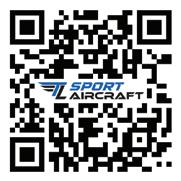


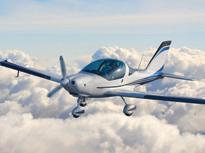




MARY: What advice would you give to teachers pursuing their pilot certification?
DOUG: Get it done. Fly often to meet your goals. If you can only train in the summer, try to solo in the first summer, complete your ground training during the school year, and finish your flight training the next summer.
MARY: Thomas, what advice would you give to students in the high school aviation program?
THOMAS: Use the opportunity to learn and pass your written test early. It makes the rest of your training easier and more focused on actual flying.
MARY: Thank you both for sharing your incredible journey. It’s inspiring to see how our aviation program has enabled such success for both of you.
In the world of aviation, the roles of teacher and student often blur, creating a unique and enriching learning environment. Doug and Thomas’s story is a testament to the power of education and the endless possibilities it can create.

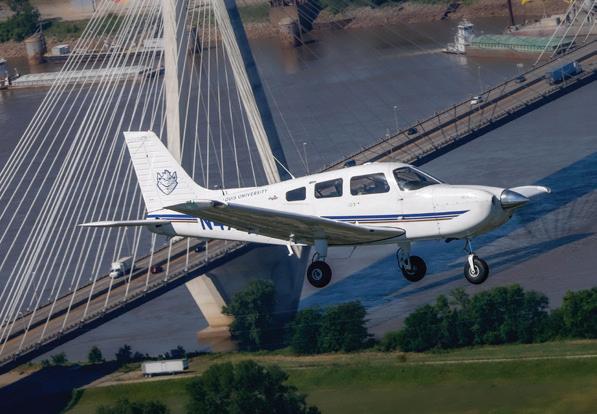


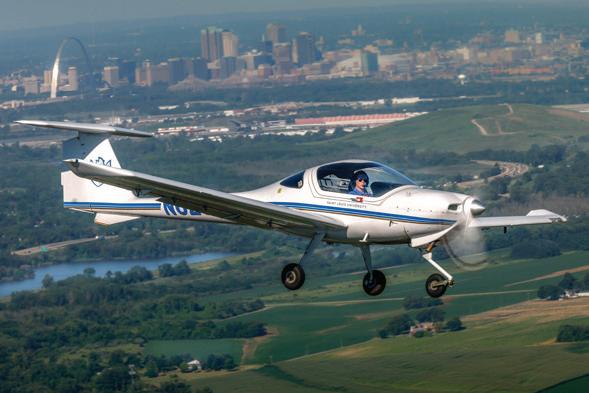
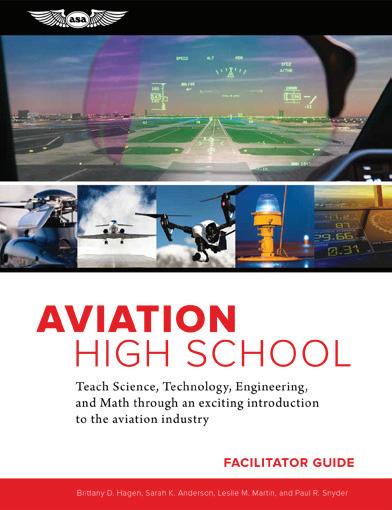
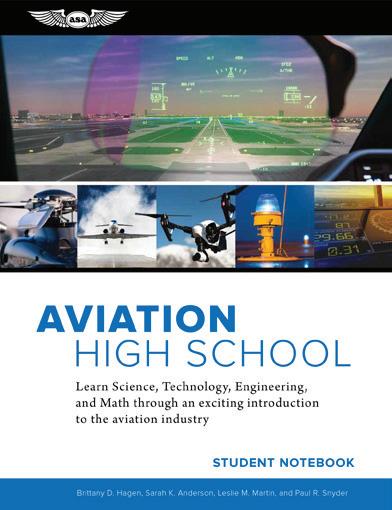

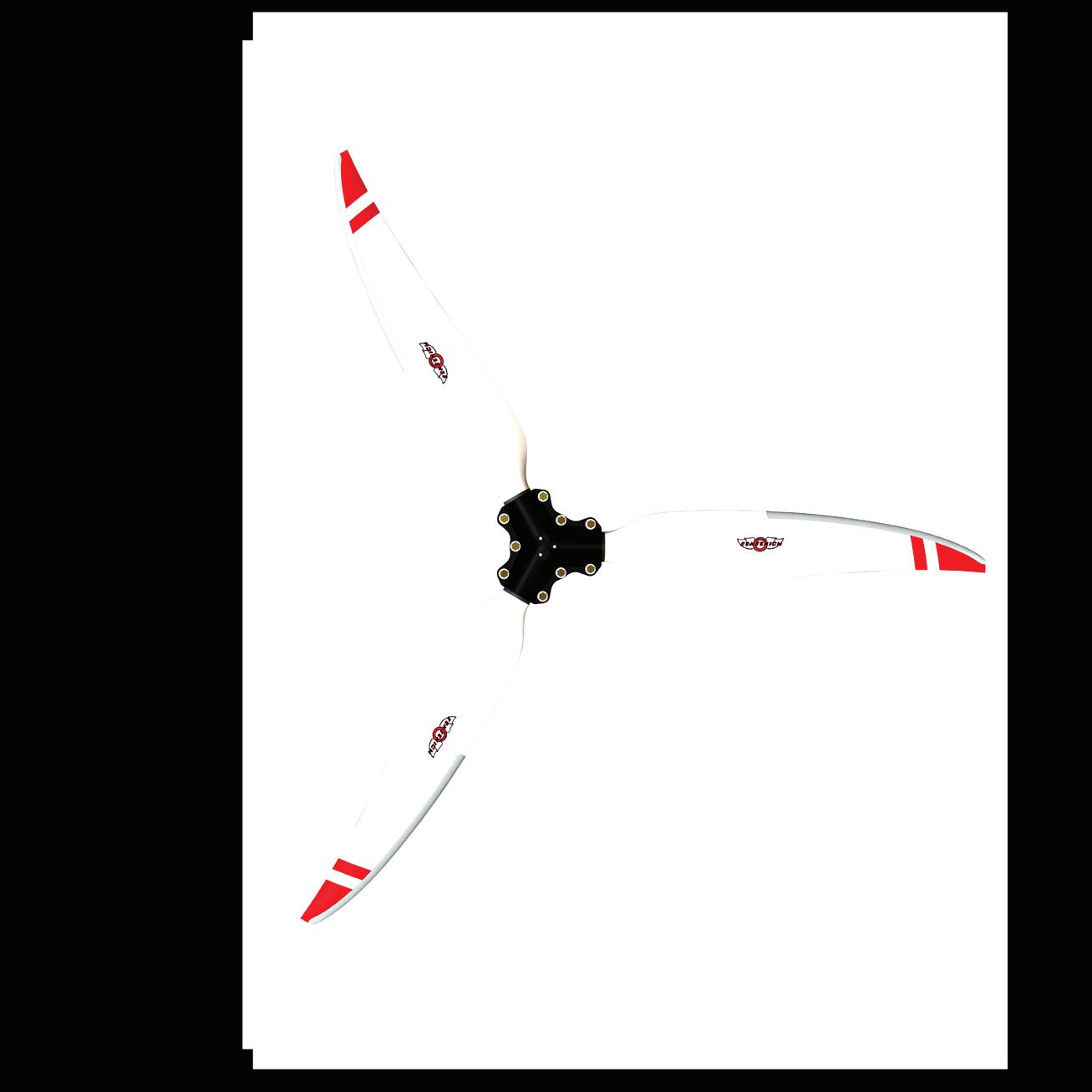










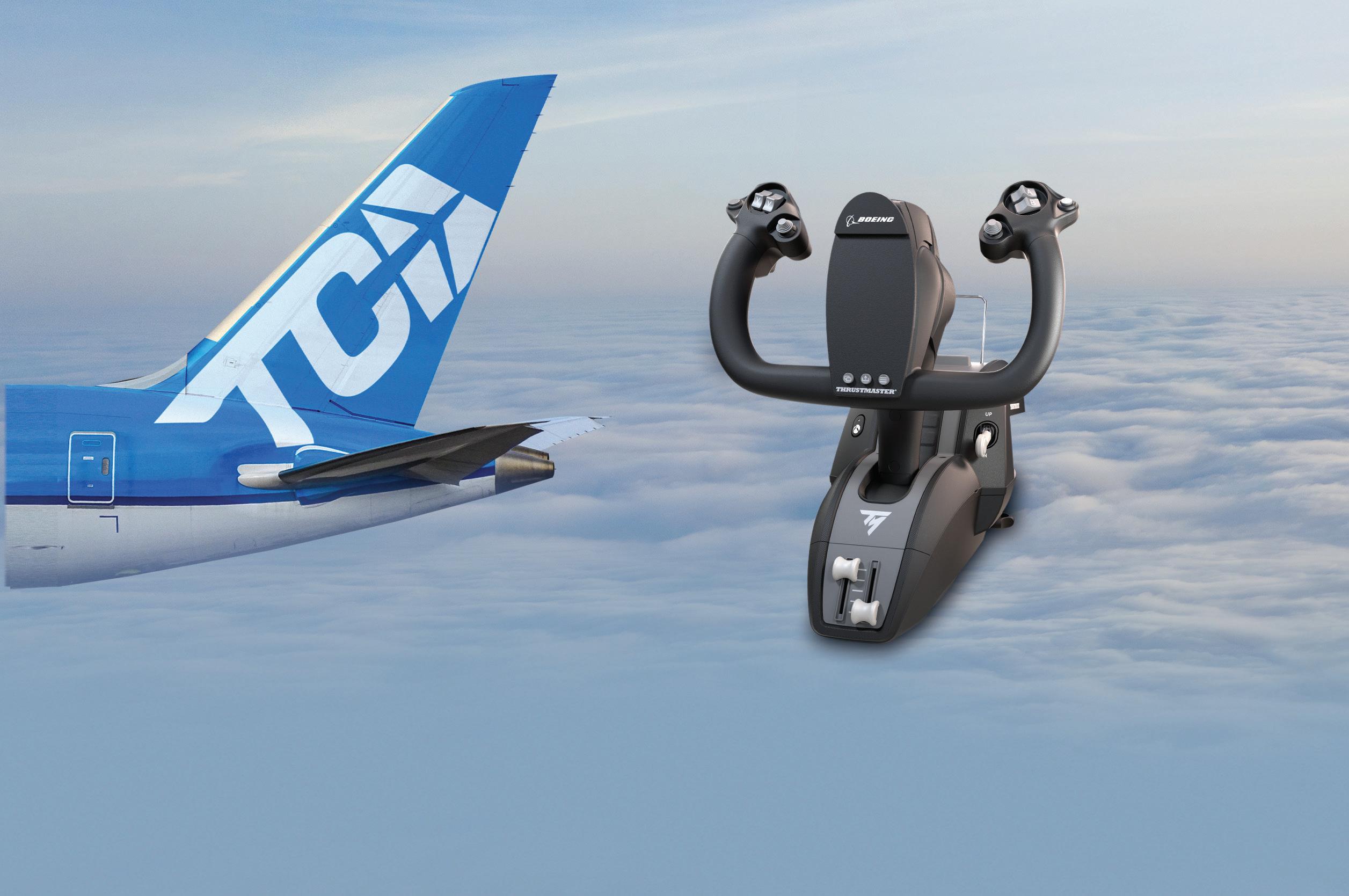


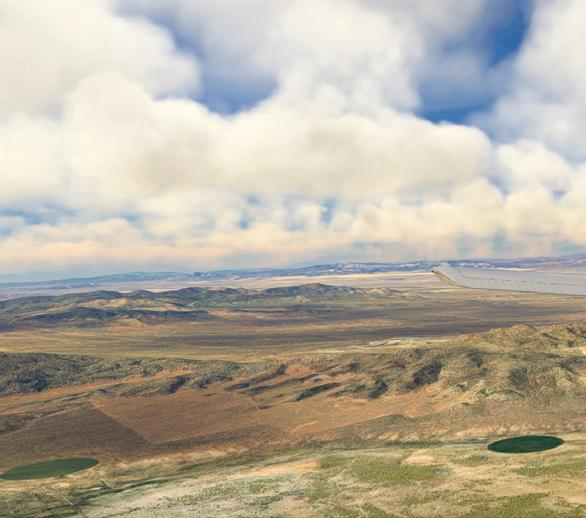
The Piper PA-38 Tomahawk is a small, piston-engine, fixed tricycle gear, two-seater designed as an ideal trainer. Introduced in 1977, Piper enlisted the input of flight instructors who wanted a trainer that was more capable of spinning, which eventually led to the Tomahawk’s nickname, “Traumahawk.” The recently released PA-38 Tomahawk for Microsoft Flight Simulator was developed by Just Flight.
Just Flight is a third-party developer of flight simulation products, including aircraft and scenery. They’ve been on the flight sim scene since 1995 and have developed products for multiple platforms throughout the years. For Microsoft Flight Simulator, they have also developed and released the F28 Professional, the 146 Professional, the Hawk T1/A Advanced Trainer, PA-28-161 Warrior II, PA-28R Arrow III, PA-28R Turbo Arrow III/IV, and the Avro Vulcan B Mk.2, K.2 & MRR package. Just Flight has a well-earned reputation for quality, in-depth systems modeling, quality sounds, and accurate flight models. I have flown all their offerings for MSFS, and it is my opinion that all of them exhibit these characteristics.
Just Flight’s Tomahawk, available from their website (www.justflight.com) for $41.99, boasts an accurate flight model, ground equipment (chocks, tiedowns, etc.), a robust tablet/EFB, aircraft failures, persistence,
support for Navigraph charts & SimBrief integration, several GPS unit options, a walkaround mode, and much more.
Upon loading up the Tomahawk in-sim, the first thing that struck me was the quality of the 3D model and texturing, which adds a high level of immersion. Before firing up the engine, I completed the preflight checklist and started the walkaround. The Tomahawk has several cameras set up outside, allowing you to walk from point to point to complete your external walkaround, checking the tire pressure, fuel levels, removing tie-downs, chocks, and pitot cover, checking the ailerons, flaps, elevator, rudder, etc. Back in the cockpit and continuing the checklist, I had to make sure all the circuit breakers were pushed in, as the Just Flight Tomahawk has fully functioning circuit breakers throughout.
While you can theoretically skip many checklist steps on planes modeled with fewer systems, this is not advisable for the Tomahawk. The engine needs to be properly primed before starting. Spark plugs can foul, and the magnetos need to be checked on your runup. Carburetor icing can also happen, so the carb heat is functional as well.
After I got airborne, a few more things stood out about this little trainer from Just Flight. First, the



visibility out of the cockpit is great, with a lot of glass surrounding the pilot and few obstructions, which is convenient as I primarily use it for VFR flying. The audio is immersive, with every switch and button making an appropriate sound, with a realistic sounding engine, all utilizing Wwise sound technology. While the Just Flight Tomahawk offers several GPS options, I opted to fly without GPS, going with the SL30 & SL40 radio stack. In my experience, the SL30 is the most feature-rich radio of this kind in the simulator. This little unit allows you to save and recall COM & NAV frequencies, see TO/FROM radial information, activate an OBS mode, and even a DST (Distance Speed Time) display. The aircraft also supports a Garmin 530/430 stack, a Garmin GTN 750 or Garmin TDS GTNXi (both purchased separately), all of which are solid options with robust systems. There is no crossfeed fuel, so you need to manually switch fuel at certain time intervals. Conveniently, the Garmin GTX 328 Transponder here is modeled with a timer that I use for this purpose. The transponder itself is also feature-rich, including displays for Pressure Altitude, Flight Time, Altitude Monitor, Outside Air Temperature, and timers in various formats. While I have not flown a real Tomahawk, Just Flight did elicit input from real Tomahawk pilots for the flight model. From my perspective, the result is a believably realistic flying experience and is just a joy to handle.
By Spencer Doyle
With no autopilot (outside of the tablet) and no internal aileron or rudder trim, flying the Tomahawk is very much a hands-on experience, but an enjoyable one.
As with all Just Flight’s MSFS offerings, the Tomahawk comes equipped with a Tablet/EFB that can be displayed or hidden away. If you create a flight plan through SimBrief, you can view the Operational Flight Plan through the tablet. With your Navigraph subscription, you can also view those charts here. You can also view a moving map, calculate descent, view checklists, advance through your walkaround, and change various aircraft settings and perform maintenance. Also, while the Tomahawk itself does not have an autopilot, you can use autopilot functions through the tablet if you wish to do so.
So far, I have really enjoyed my time with the Just Flight Tomahawk. The aircraft is beautifully modeled, sounds great, and the systems are deep enough to support faithfully following checklists and flying by the numbers. The aircraft has all of the bells and whistles you could possibly want and has already become my personal go-to for low and slow VFR flying. Happy flying!
Section Supported by

In the vast expanse of farmland, where the horizon meets the sky in a seamless blend of earth tones, the hum of aircraft engines is a familiar soundtrack. For the next generation of pilots dreaming of a future in aerial application, Ag-Nav Inc. is revolutionizing this field, ensuring safety, efficiency, and technological advancement.
Ag-Nav Inc., a trailblazer in GPS navigation technology, has been at the forefront of transforming the aerial application industry. Since 1985, our innovations are not just about navigating the skies; they are about redefining how we interact with the environment from the cockpit. For young pilots, Ag-Nav’s advancements offer a glimpse into a future where technology and tradition merge seamlessly.
Imagine a morning where the sun has just begun its ascent, casting a golden hue over the fields below. As a new pilot, you climb into the cockpit of your aircraft, equipped with the latest nav system. This isn’t just any navigation tool; it’s a sophisticated piece of technology designed to enhance precision and safety. The system’s real-time data analytics and mapping capabilities ensure that every pass over the crops is accurate, reducing overlap and minimizing chemical usage. This not only boosts efficiency but also promotes sustainable farming practices.
Safety is paramount in aerial application, and Ag-Nav Inc. has taken significant strides to address this. Their technology integrates advanced features like terrain mapping, obstacle detection, and flight planning. For a young pilot, these

tools are invaluable. The terrain mapping feature provides a detailed view of the landscape, alerting you to potential hazards like power lines or sudden elevation changes. This level of situational awareness significantly reduces the risk of accidents, making the skies safer for everyone.


But Ag-Nav’s innovations don’t stop at safety. Our technology also enhances productivity. The flight planning feature allows you to design flight paths with precision, optimizing routes to cover more ground in less time. This not only increases the efficiency of each flight but also helps in managing fuel consumption and reducing the carbon footprint. For new pilots, this means spending less time navigating and more time perfecting your skills, ultimately making you a more effective and environmentally conscious pilot.
As you gain experience and confidence in the skies, you’ll find that Ag-Nav Inc.’s technology evolves with you. Our continuous updates and support ensure that you are always equipped with the latest tools and knowledge. Whether it’s through software upgrades or new hardware innovations, Ag-Nav is committed to keeping you at the cutting edge of aerial application technology.
For the young pilots of today, Ag-Nav Inc. is more than a company; it’s a partner in your journey.

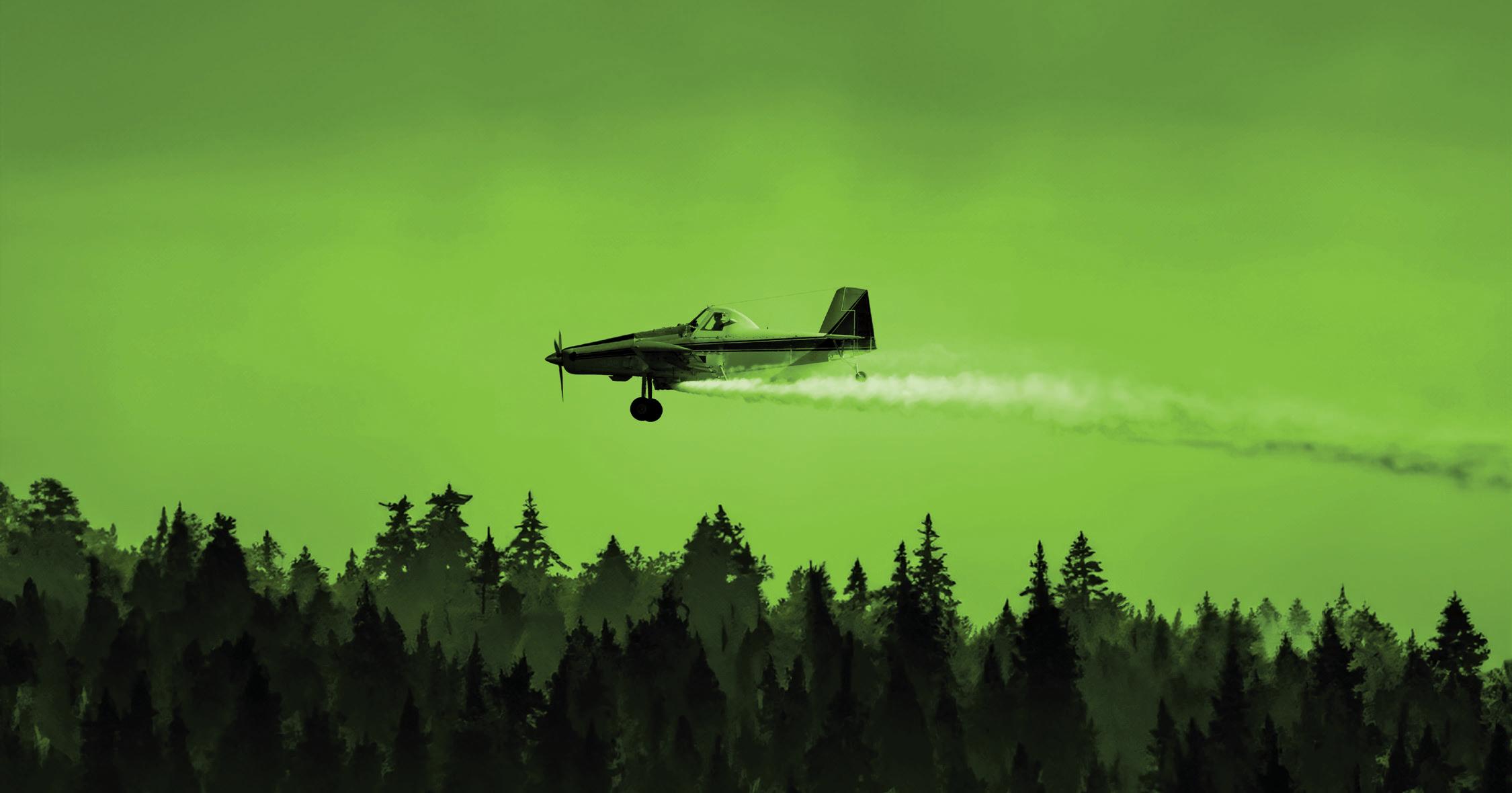





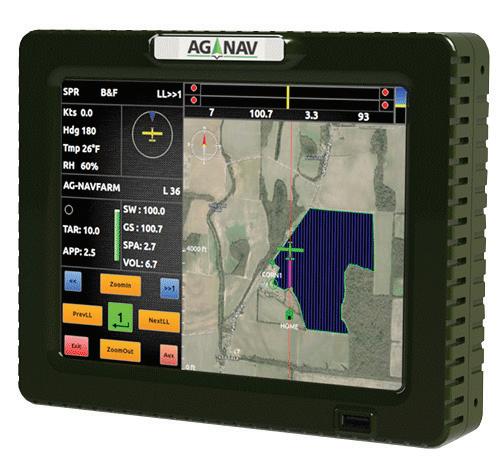






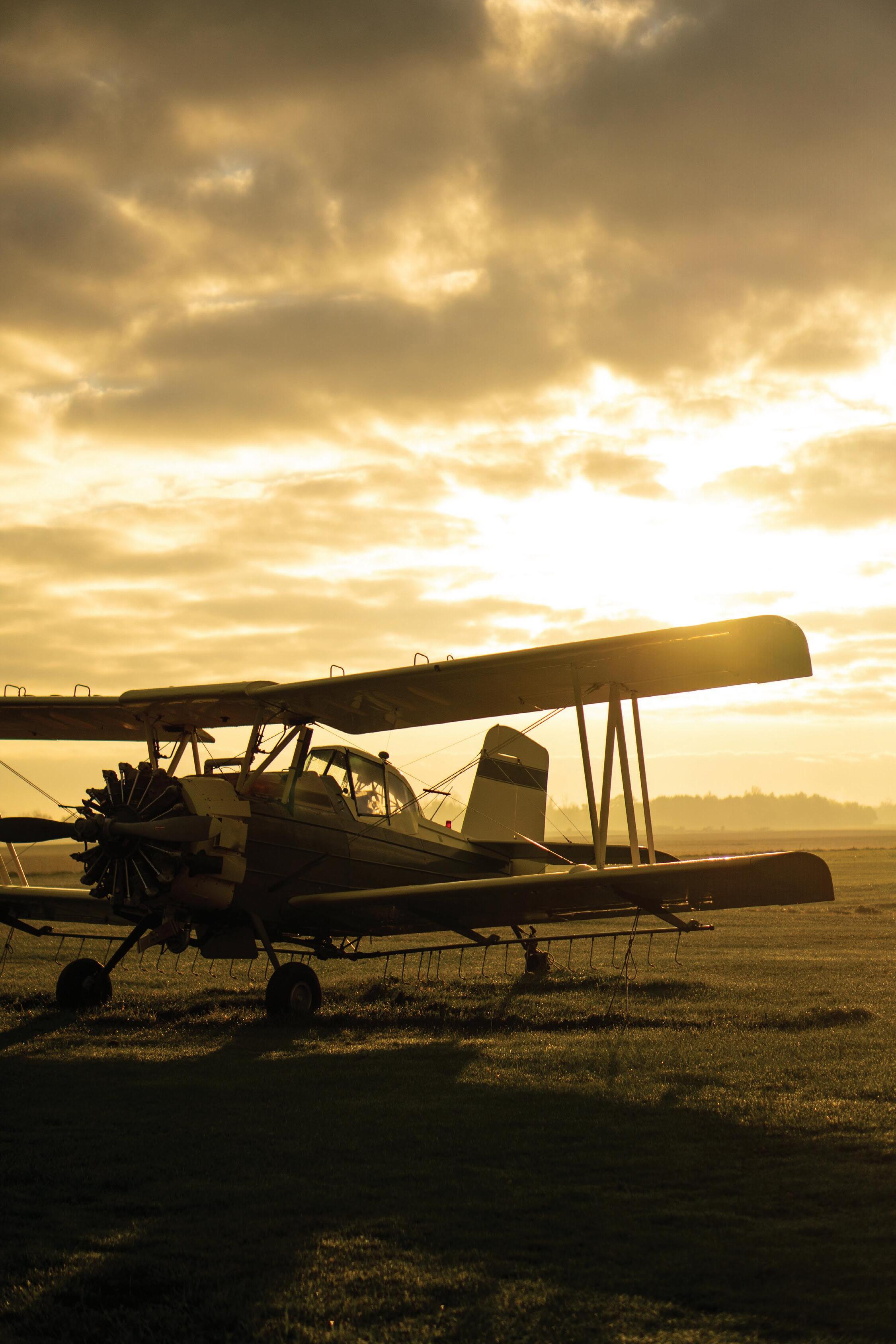



It’s a testament to how technology can enhance traditional industries, making them safer, more efficient, and sustainable. As you look to the future, know that with Ag-Nav Inc. by your side, the skies are not just a place of work but a realm of endless possibilities. So buckle up, take the controls, and let Ag-Nav guide you to new horizons in the world of aerial application. The future of farming is in the skies, and with Ag-Nav,
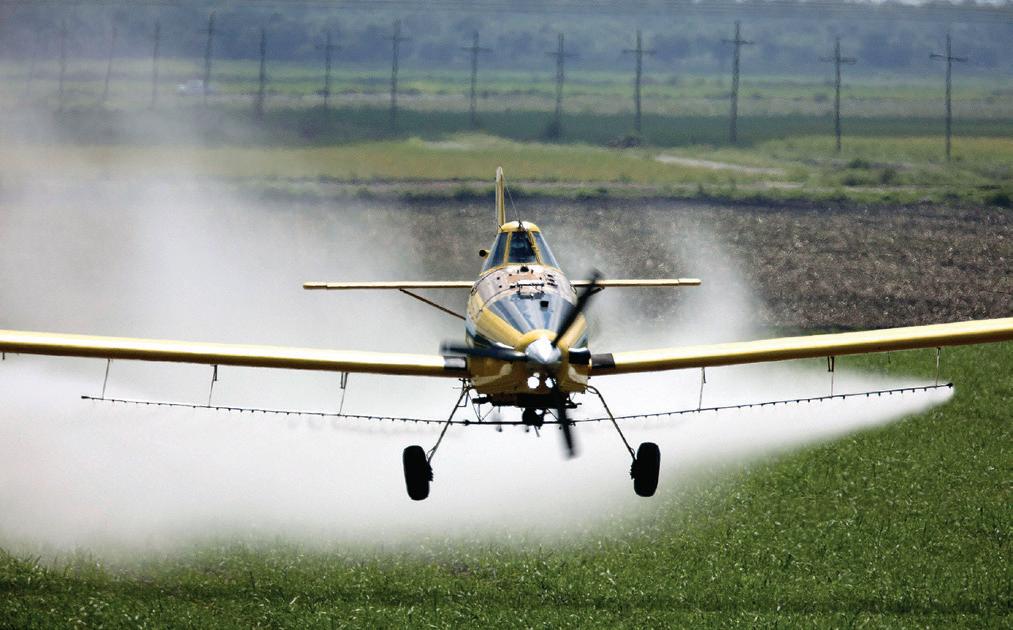
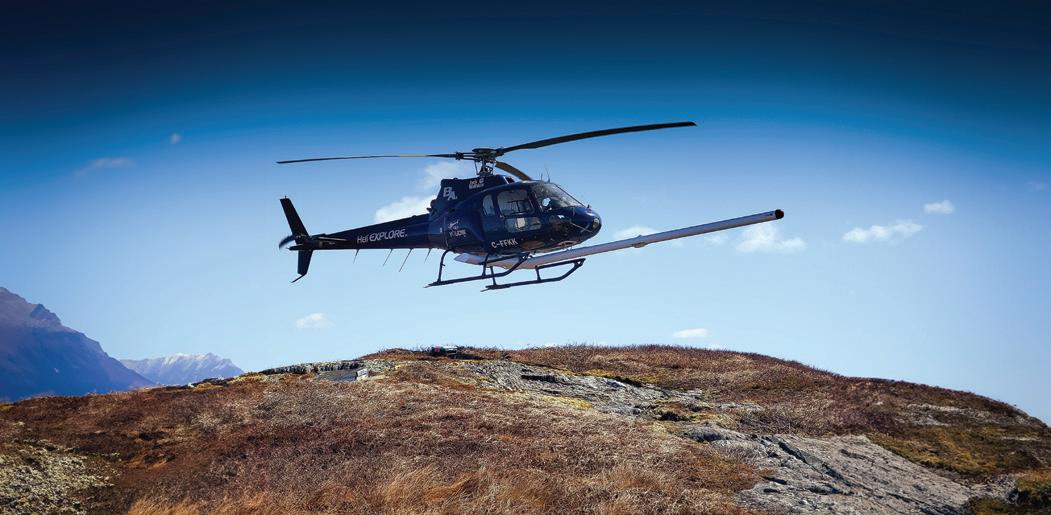

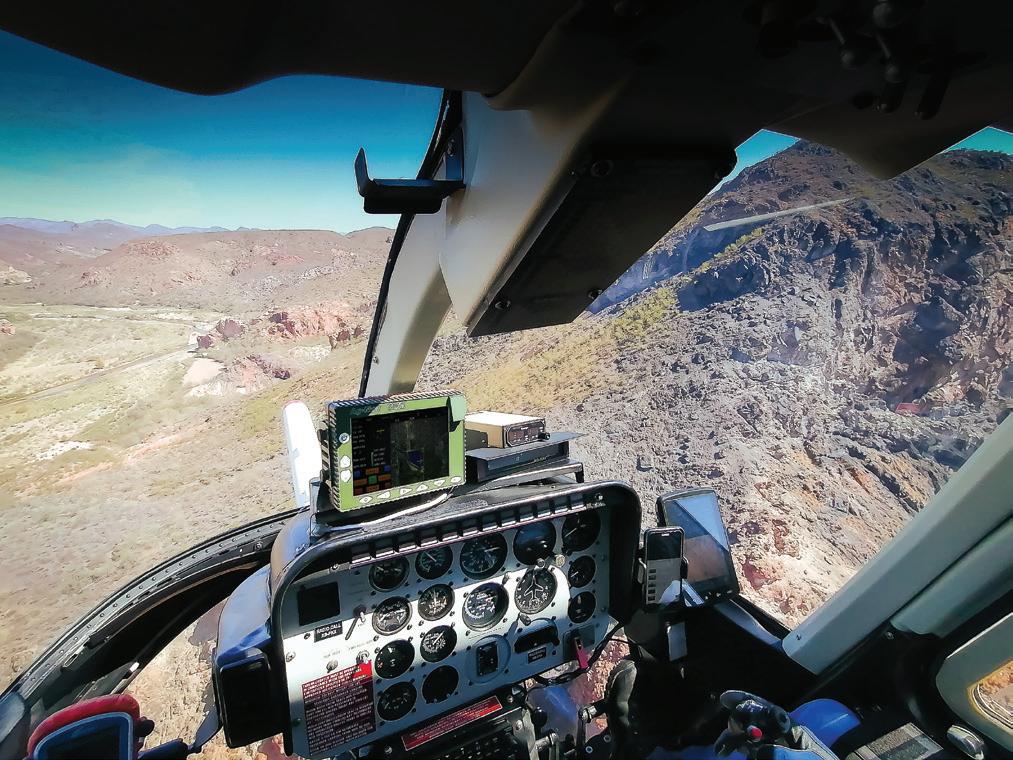
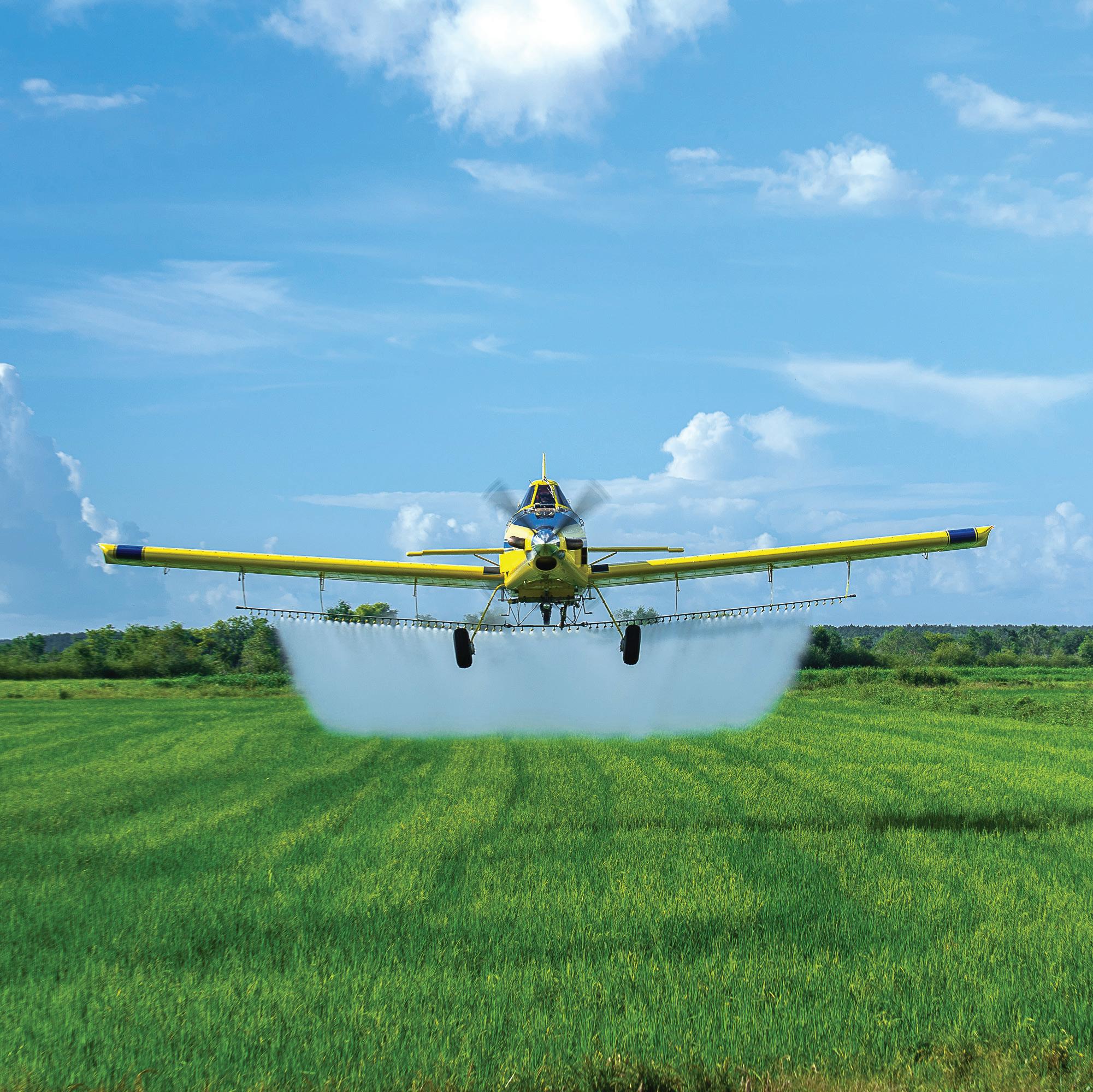








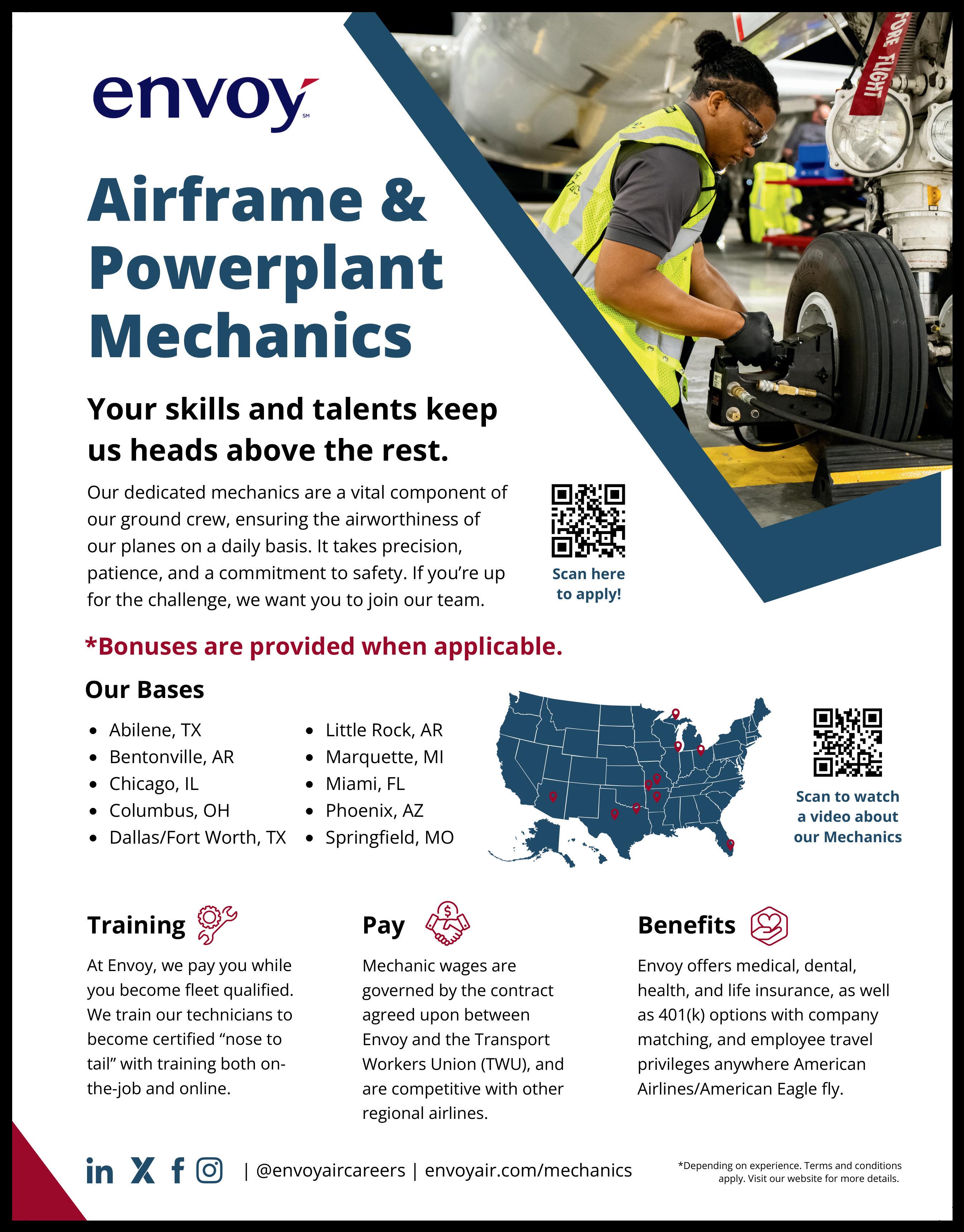













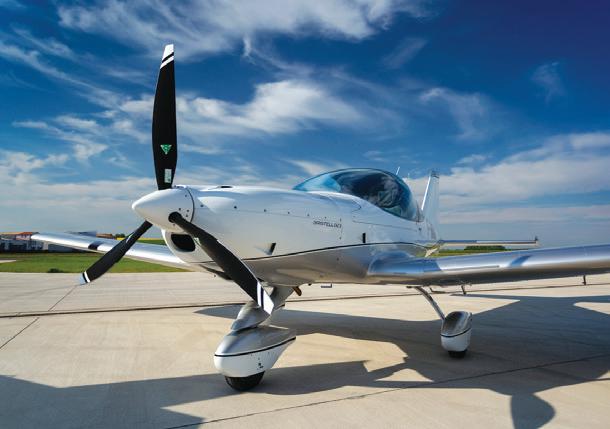








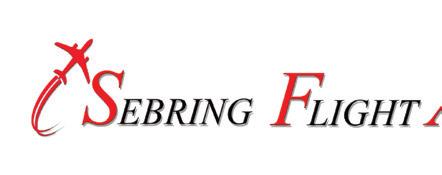




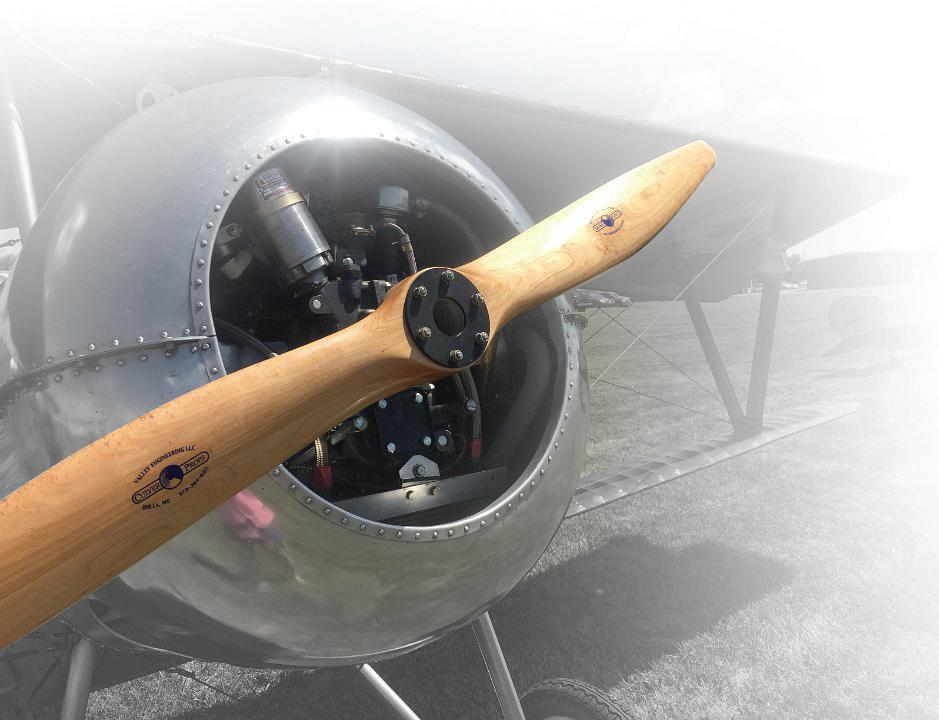

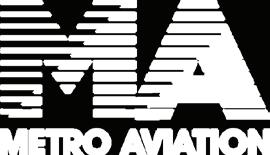
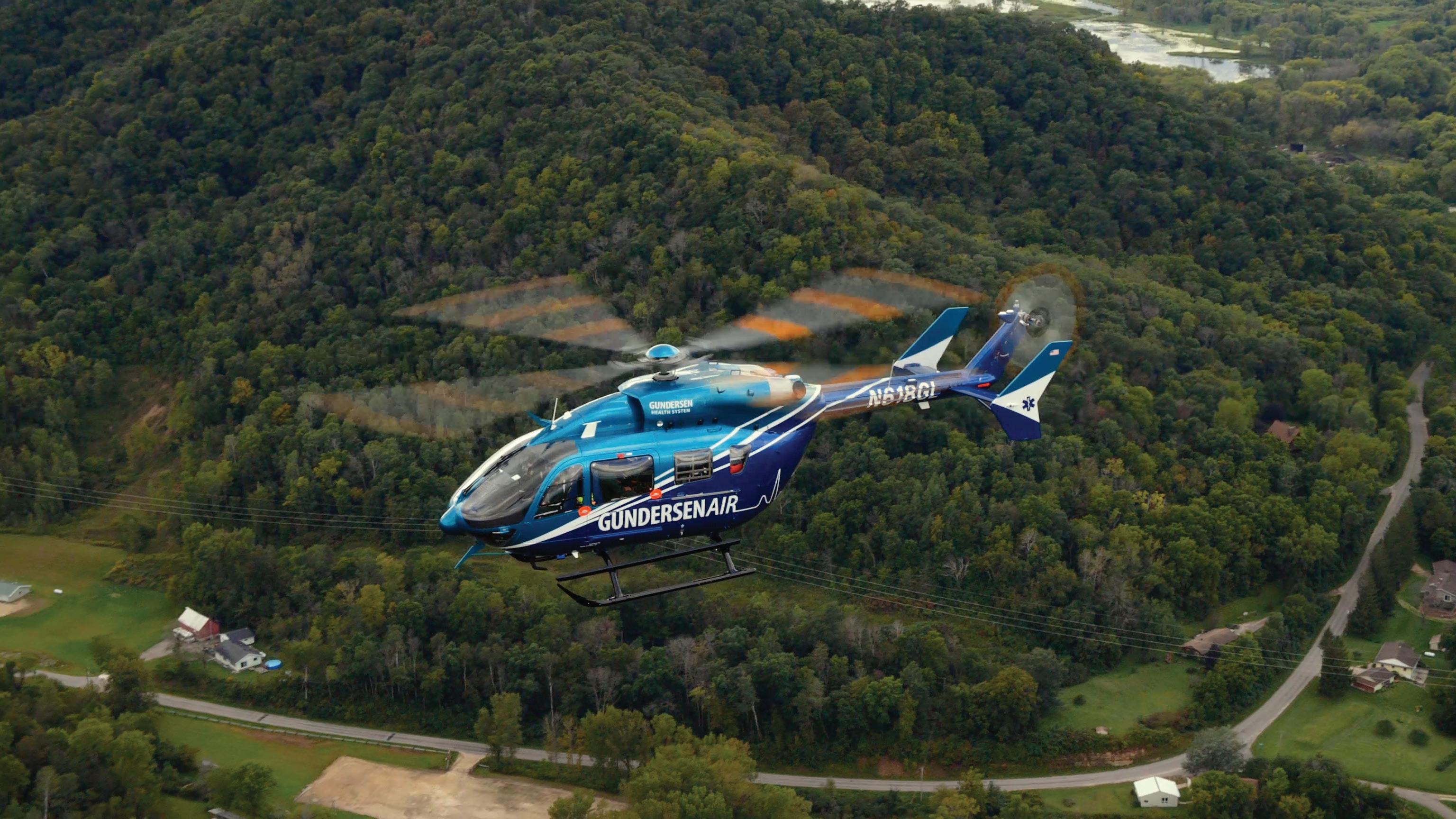
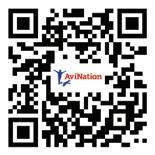
s
s
s
s
s
